August 14, 2022
Martha O'Kennon
It went again from hot humid Summer to flannel shirt Fall. Let's see what happens next!
Most of the Flowers we saw this week were small and partly hidden, but that Hibiscus on the deck is making quite large red blooms, usually one at a time (this one is an exception for a day). The cultivated Phlox has started blooming. And if you remember the Tall Evening Primrose that I showed you last week, here it is with some blossoms. You have to get out early to get them still fresh, since they start blooming at about sundown the night before and start to fold by noon.
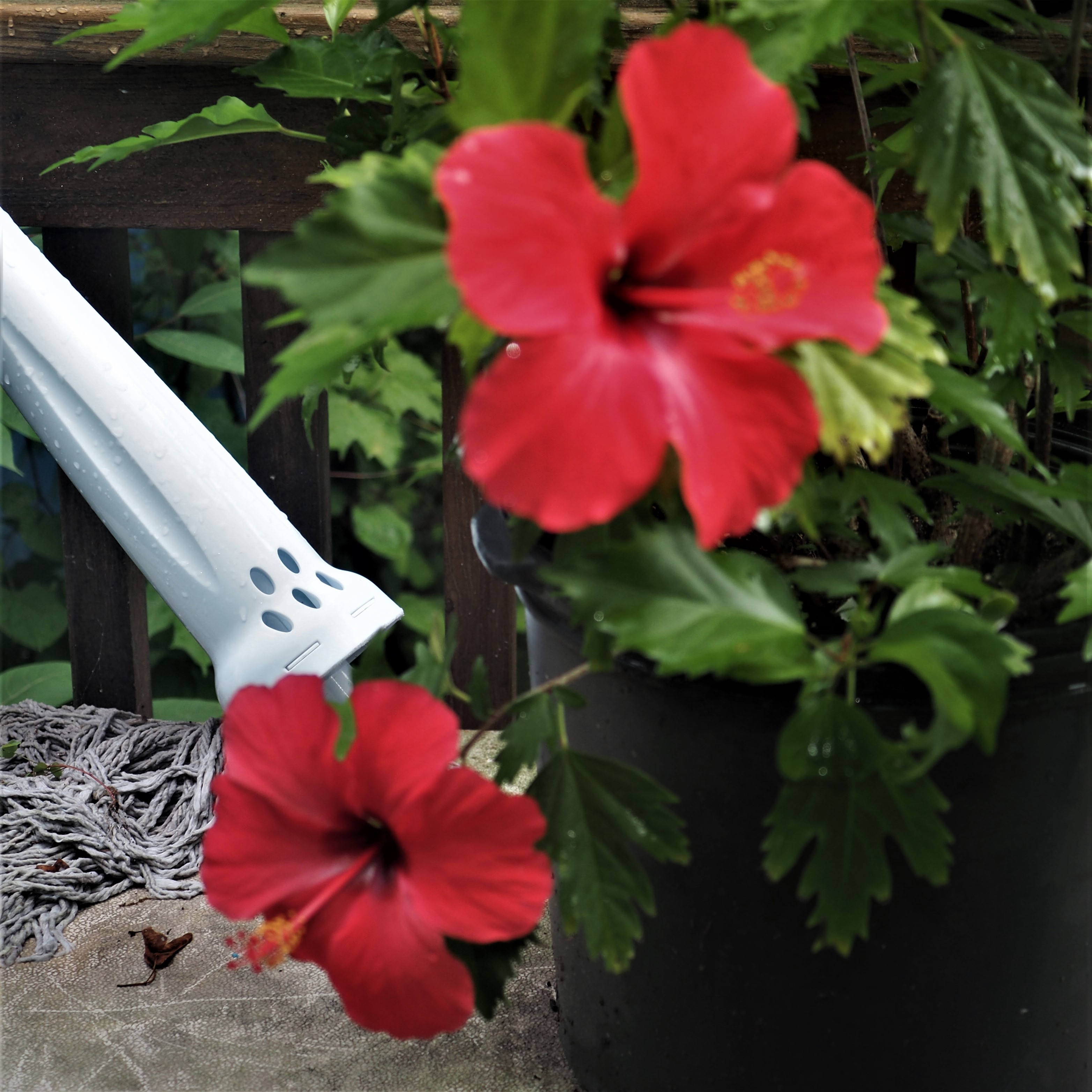
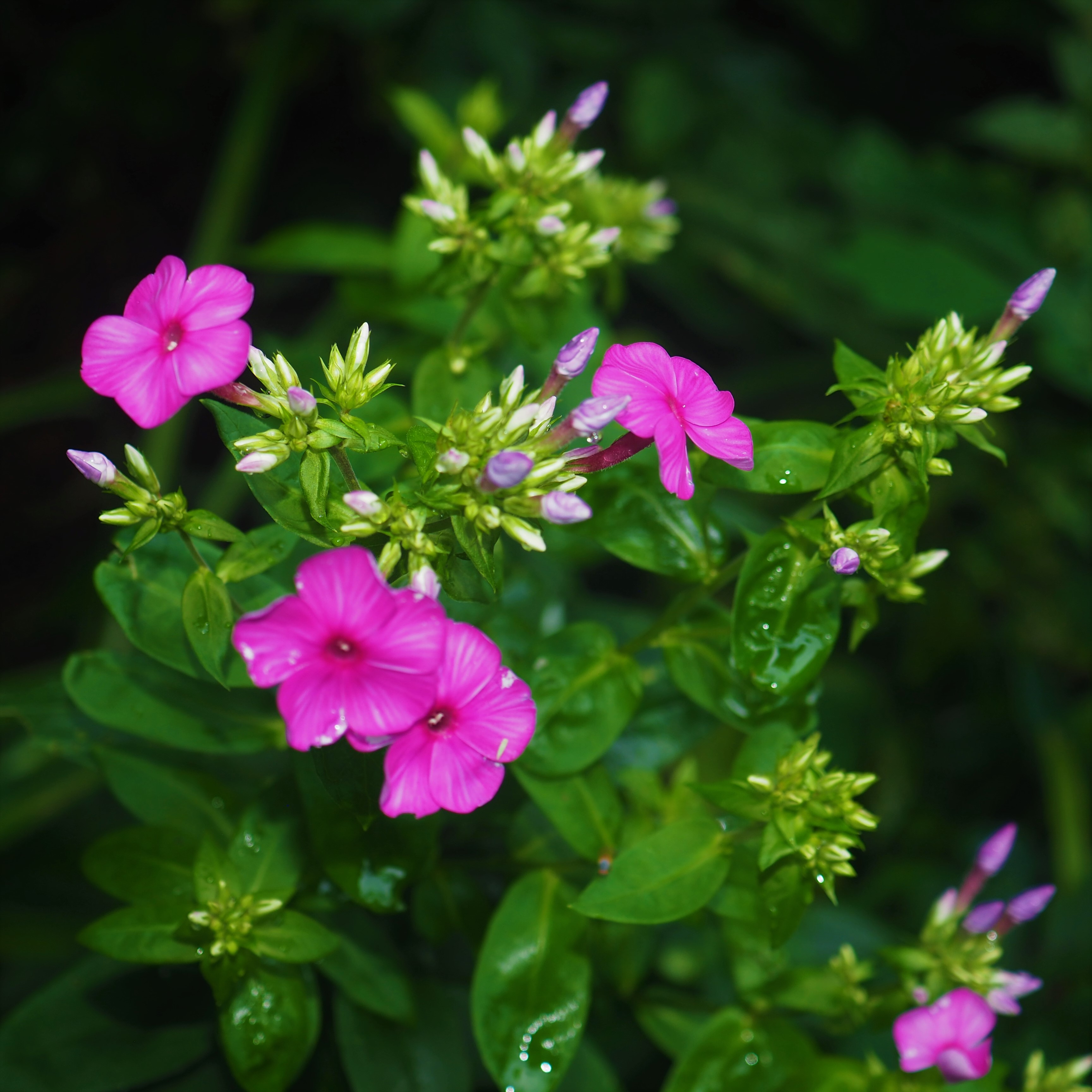

The Ants drive me crazy. Every time I think I KNOW one, I'm reminded by people on iNat that I was WRONG. But usually I can identify the first one I learned, the Eastern Black Carpenter Ant (picture 1). Second is another, the Nearctic Ant, which is also fairly easy to recognize. Third is an Odorous House Ant, and so is fourth, believe it or not.
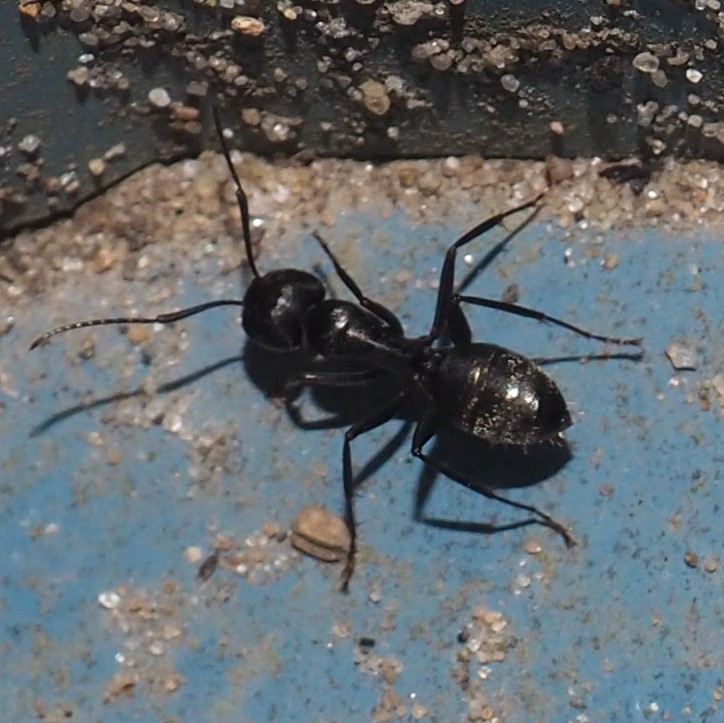
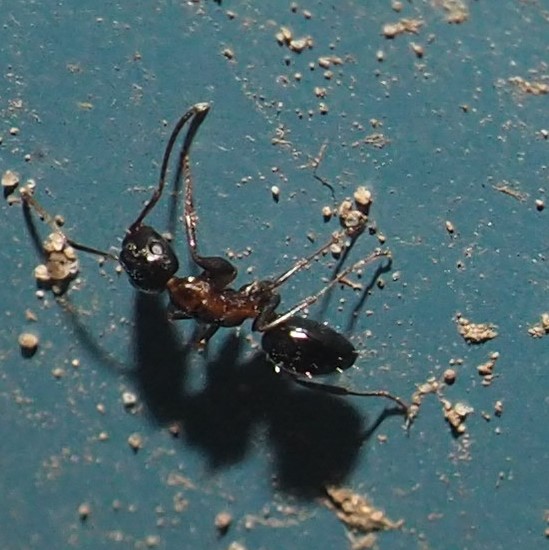
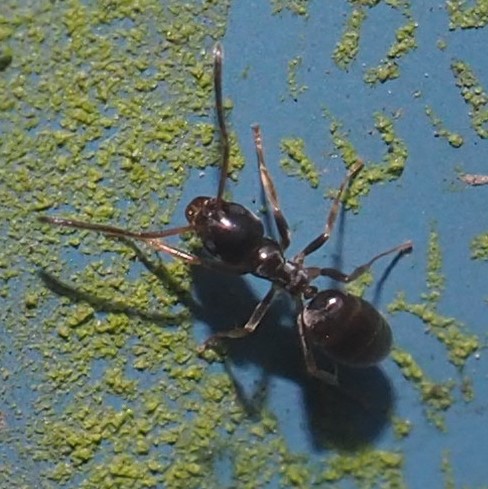

No Bees this time, but for you Bee Lovers, the Goldenrod is about to bloom and it will attract lots of Bees. The Beetles weren't very prominent either. This next one was found dead but must have been a very attractive Beetle in its time. But the next one is another Asian Lady Beetle in one of its favorite colors. Note again that if you look at its face, it makes the sign of a "W" or "M", depending on how it's sitting.
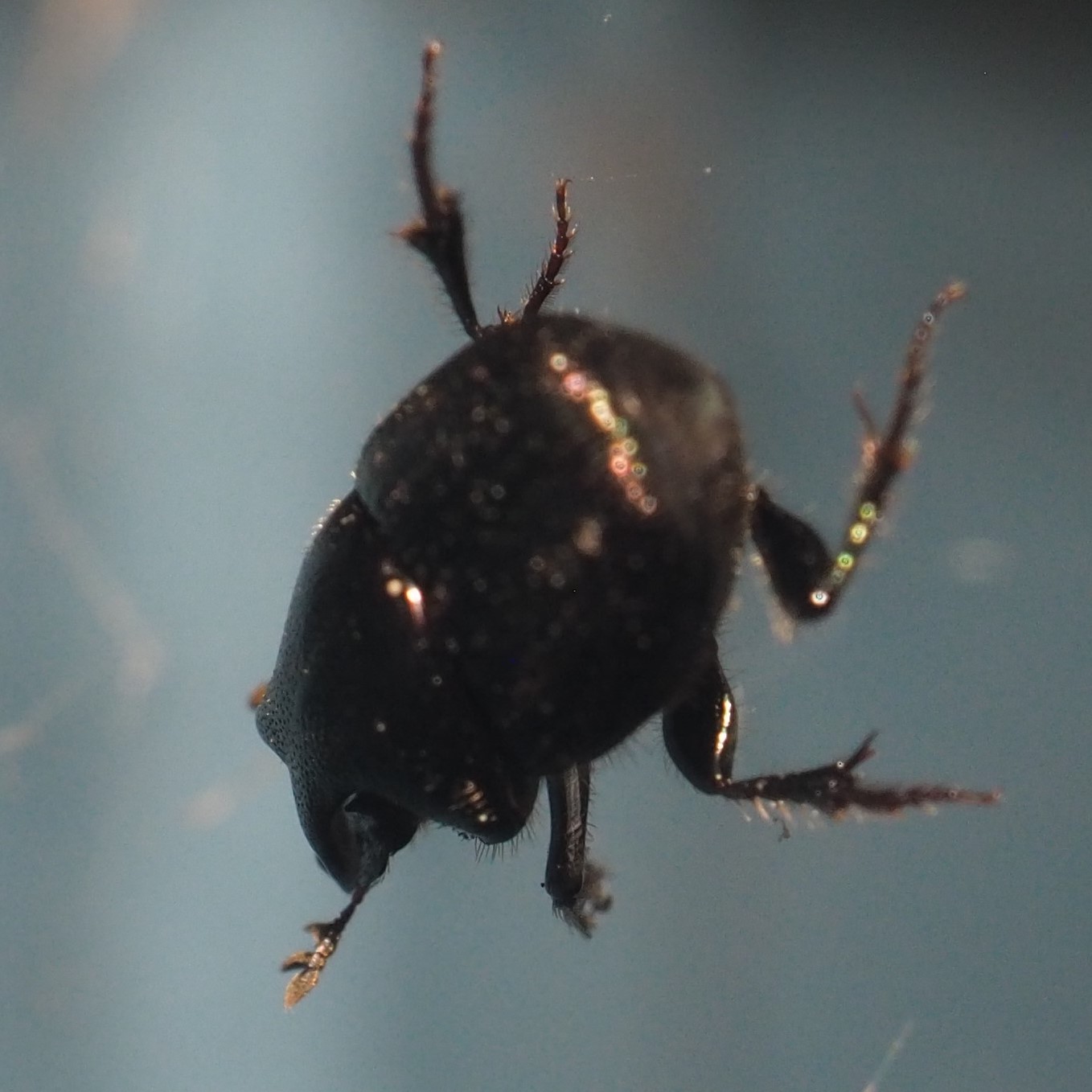
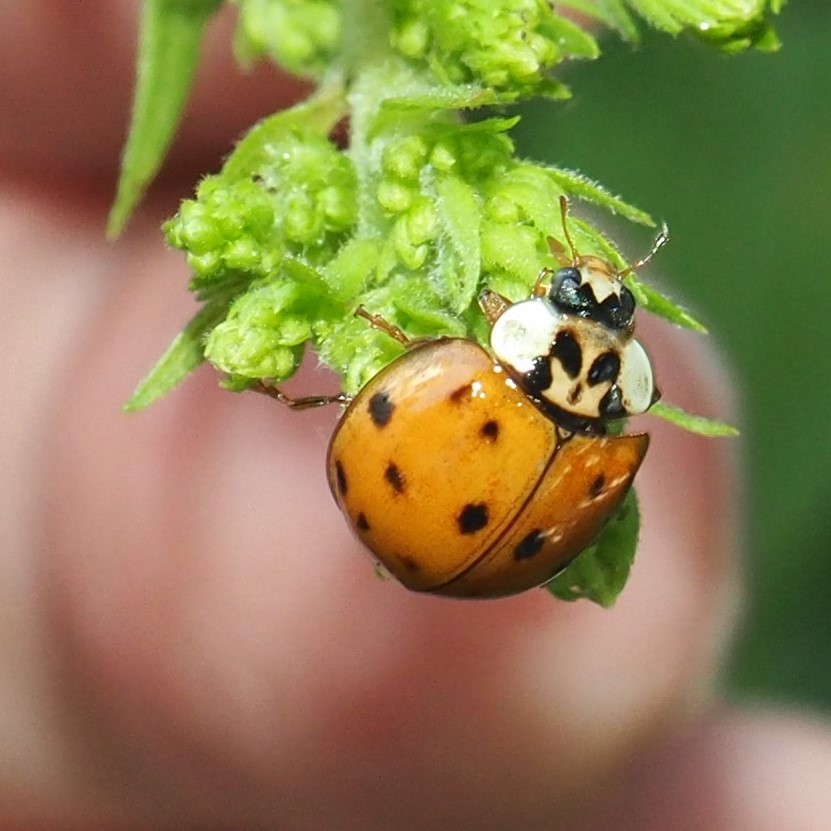
But the Bugs had a much better week. This first one is that Pale Green Assassin Bug, Zelus luridus. Next is the one we saw for one day last week. It only showed up once this week too, on the North Wall. Now you can see its mantis-like arms in action, grasping its prey, and also its snorkel which runs from the top of its head straight into its prey. What a tiny monster. Since it isn't an adult, I can't tell you which Assassin it is, but it looks the way Empicoris errabundus (Latin "wandering a lot"??) has looked in other years at that age. Third may also be E. errabundus, but it LOOKS so different with that big shadow on its abdomen.

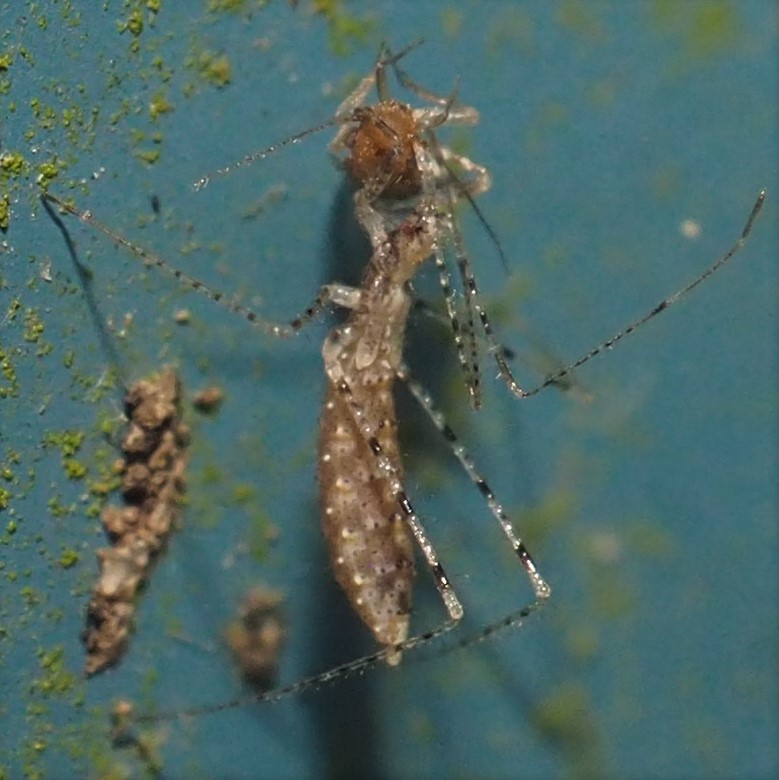
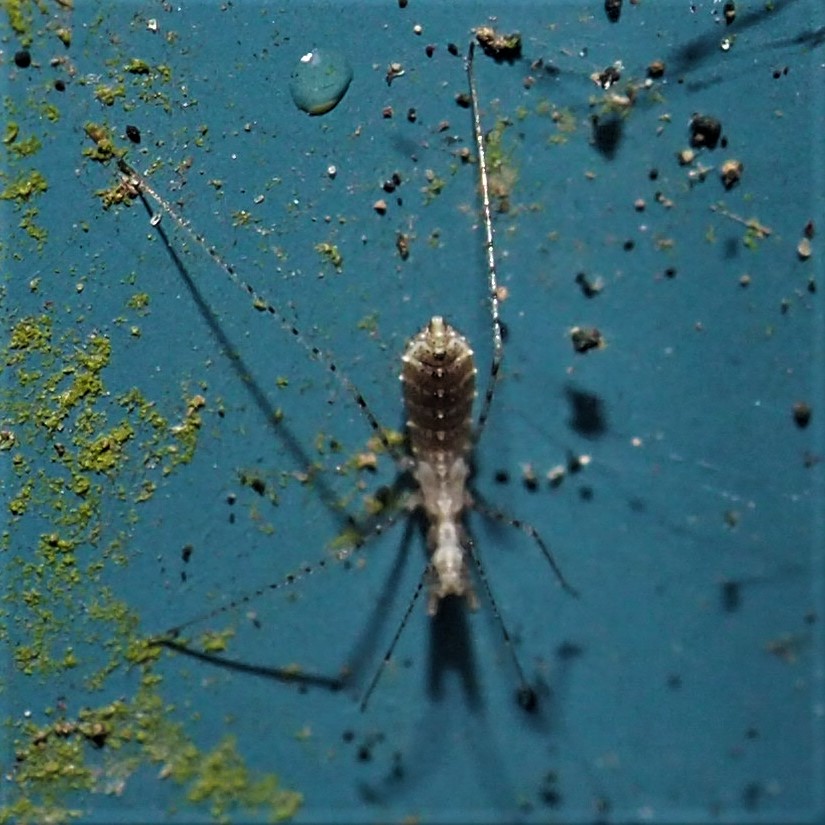
The Leafhoppers are finally starting to show themselves. The first is a fuzzy-ish picture of one in the genus Osbornellus. Next is the adult Japanese Maple Leafhopper, and then the Red-banded Leafhopper. Finally we see another member of the genus Scaphoideus.
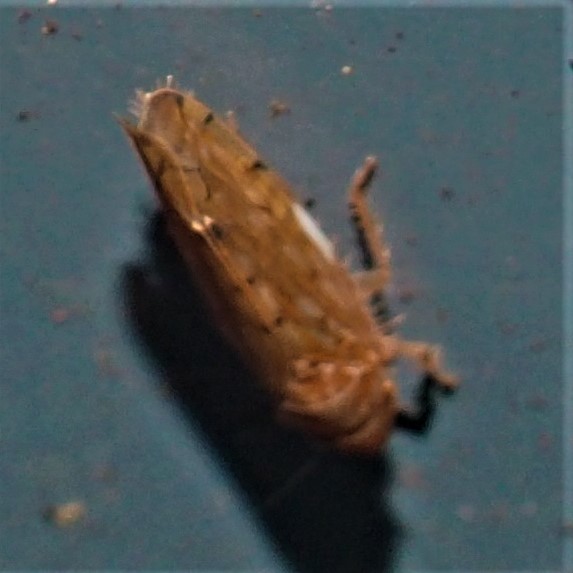
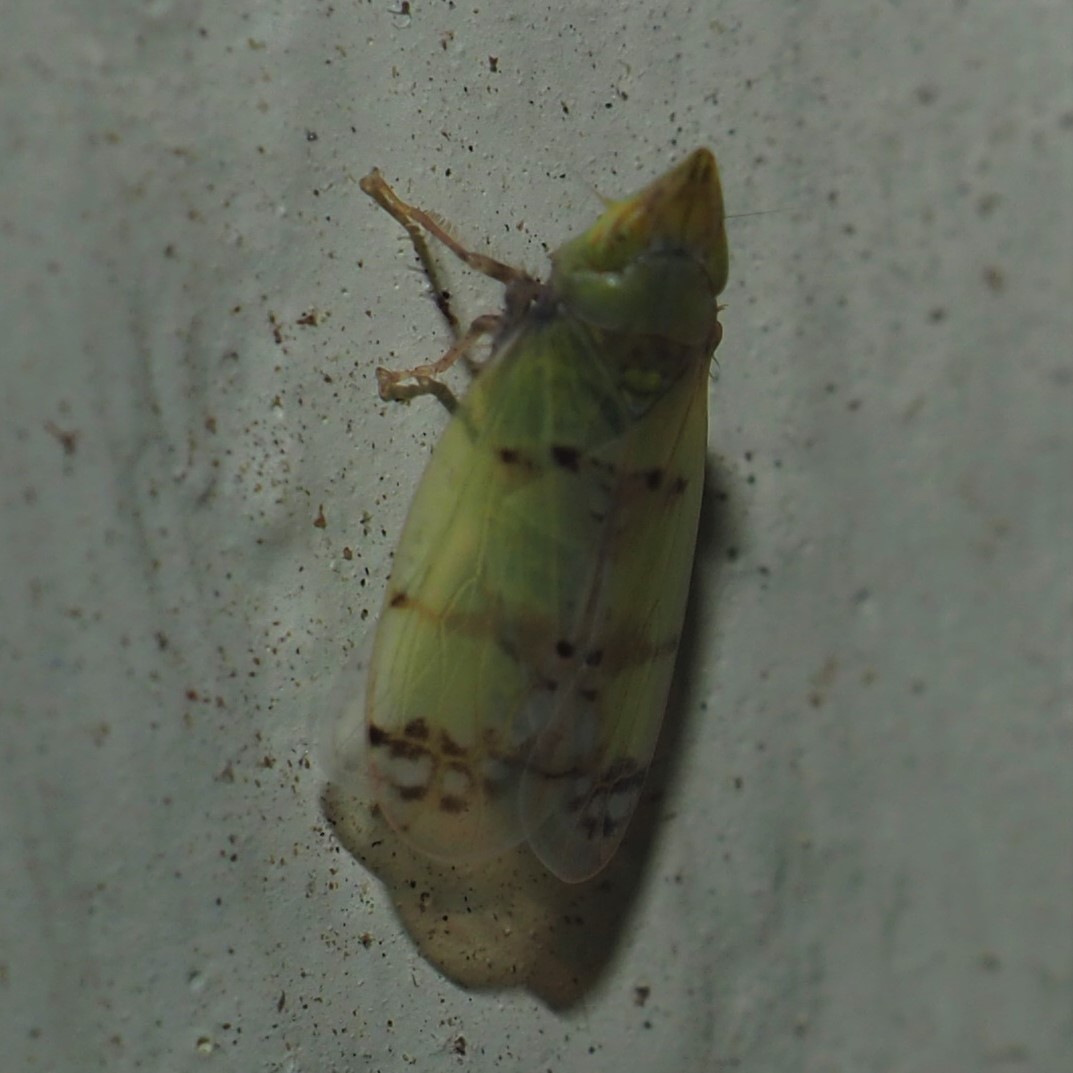
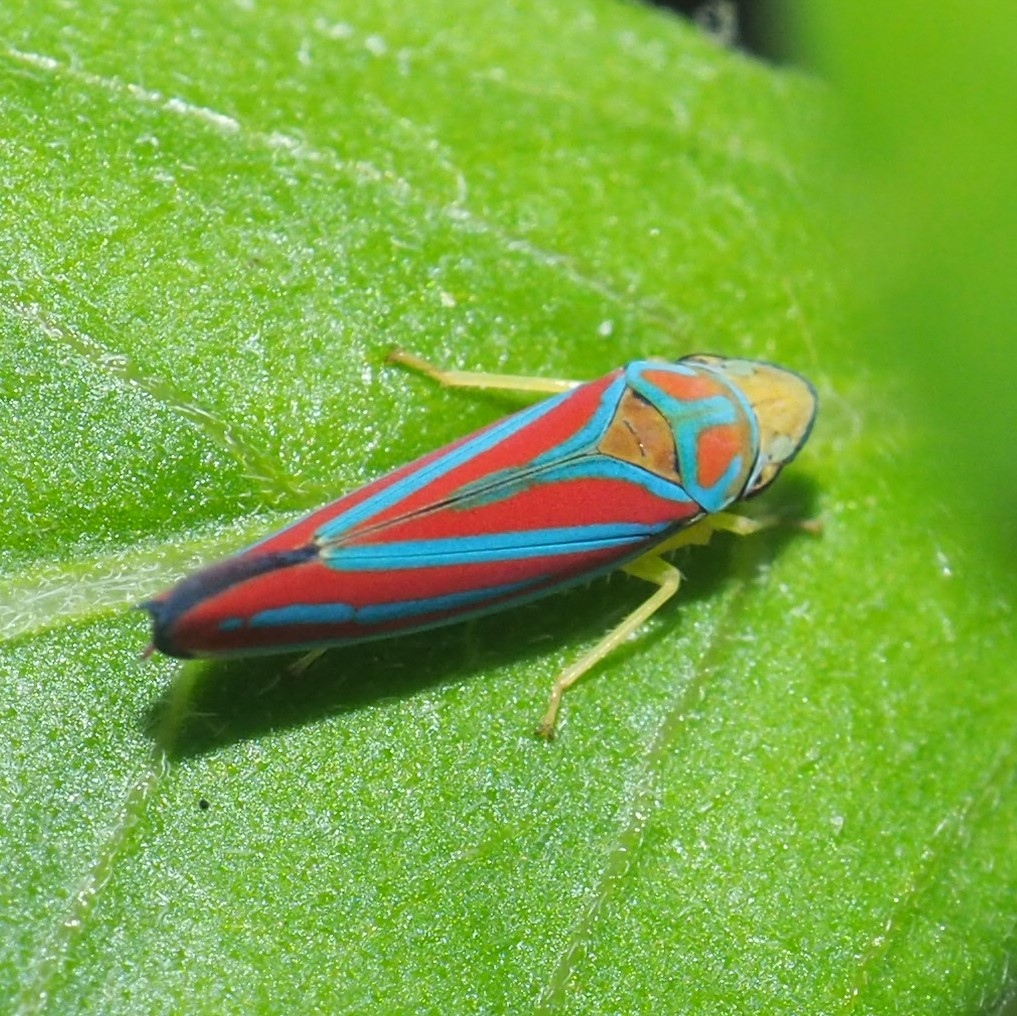
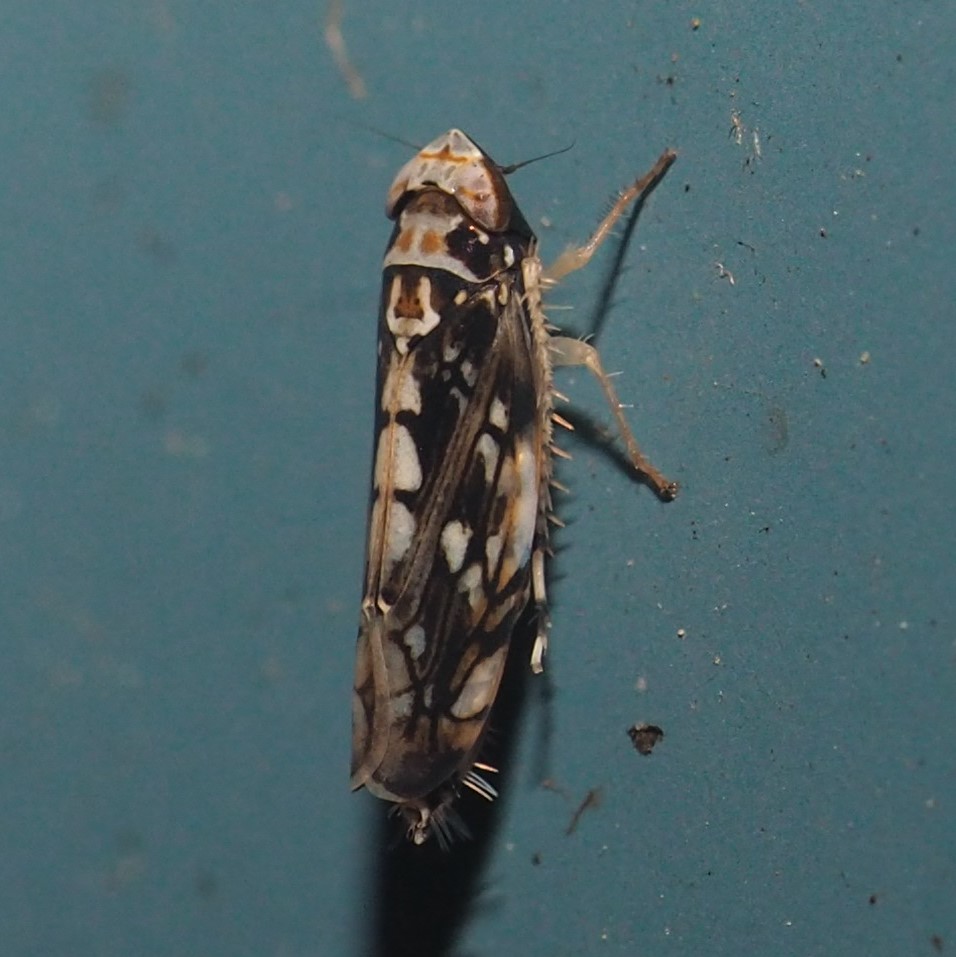
The older set of Stink Bug eggs didn't make it, but this week this set of eggs (round and arranged as an upside down-facing triangle) appeared on the East Wall, which is more protected from sun and from rain, so again I'm filled with high hopes for them. The second picture shows a typical Stink Bug, this one called Dendrocoris humeralis. Third shows the egg mass of the Two-Marked Treehopper, on the trunk of a Redbud Tree. Fourth is a picture of the adult of those Treehoppers, from about a month ago.
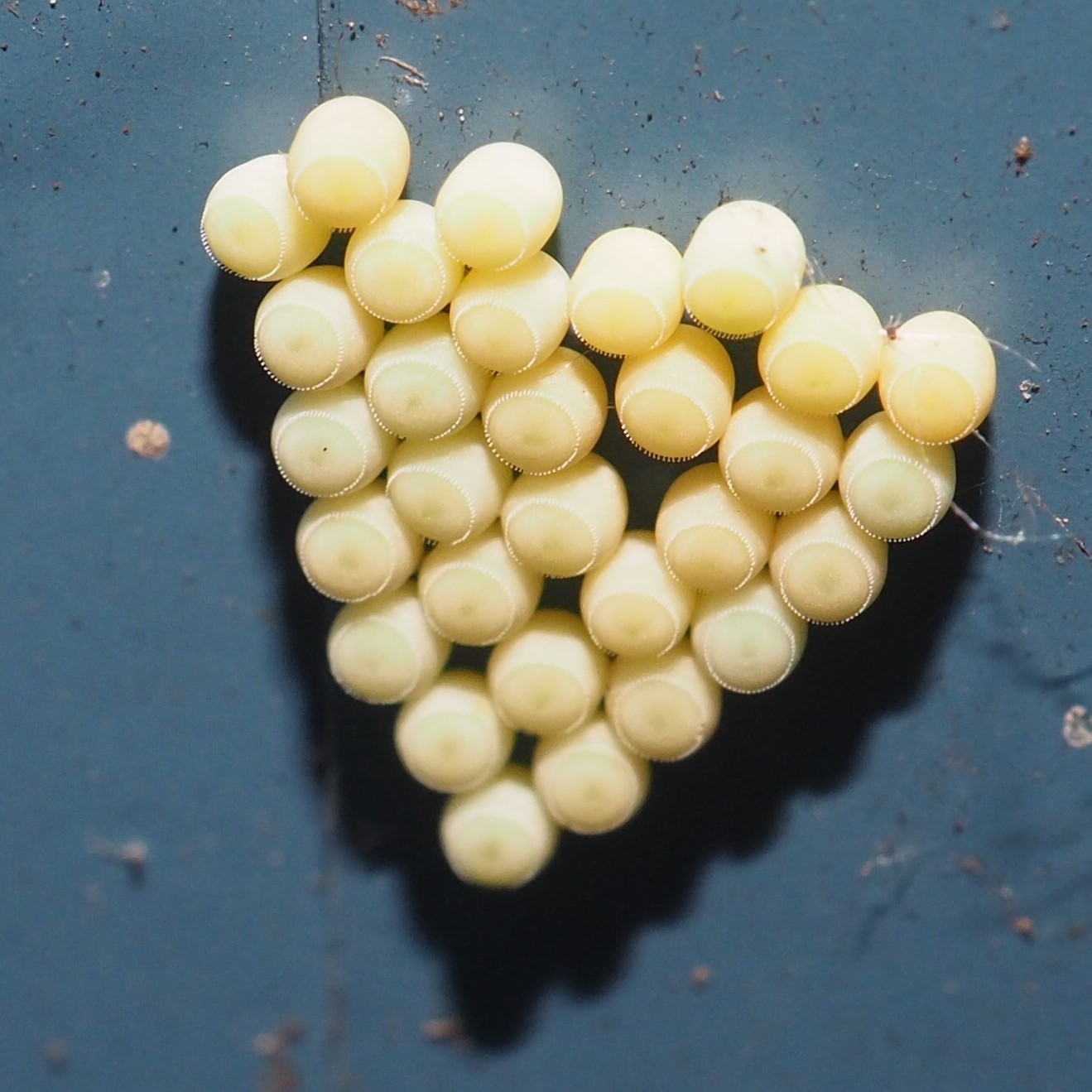
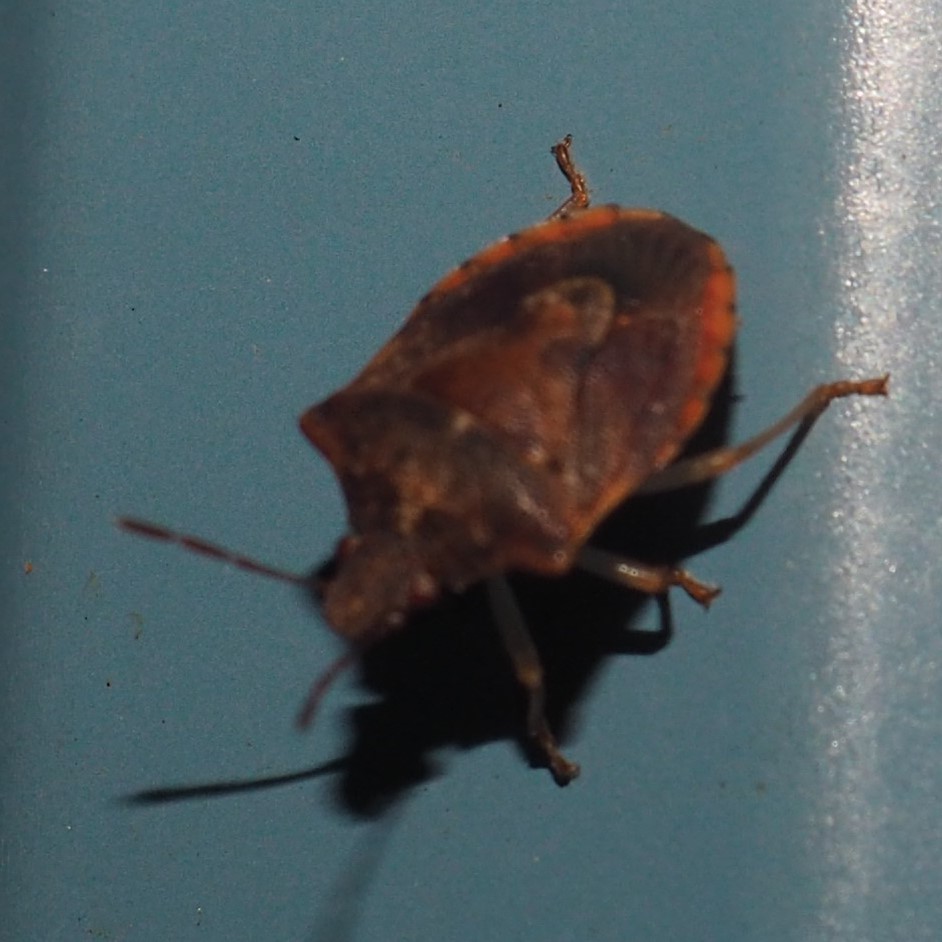
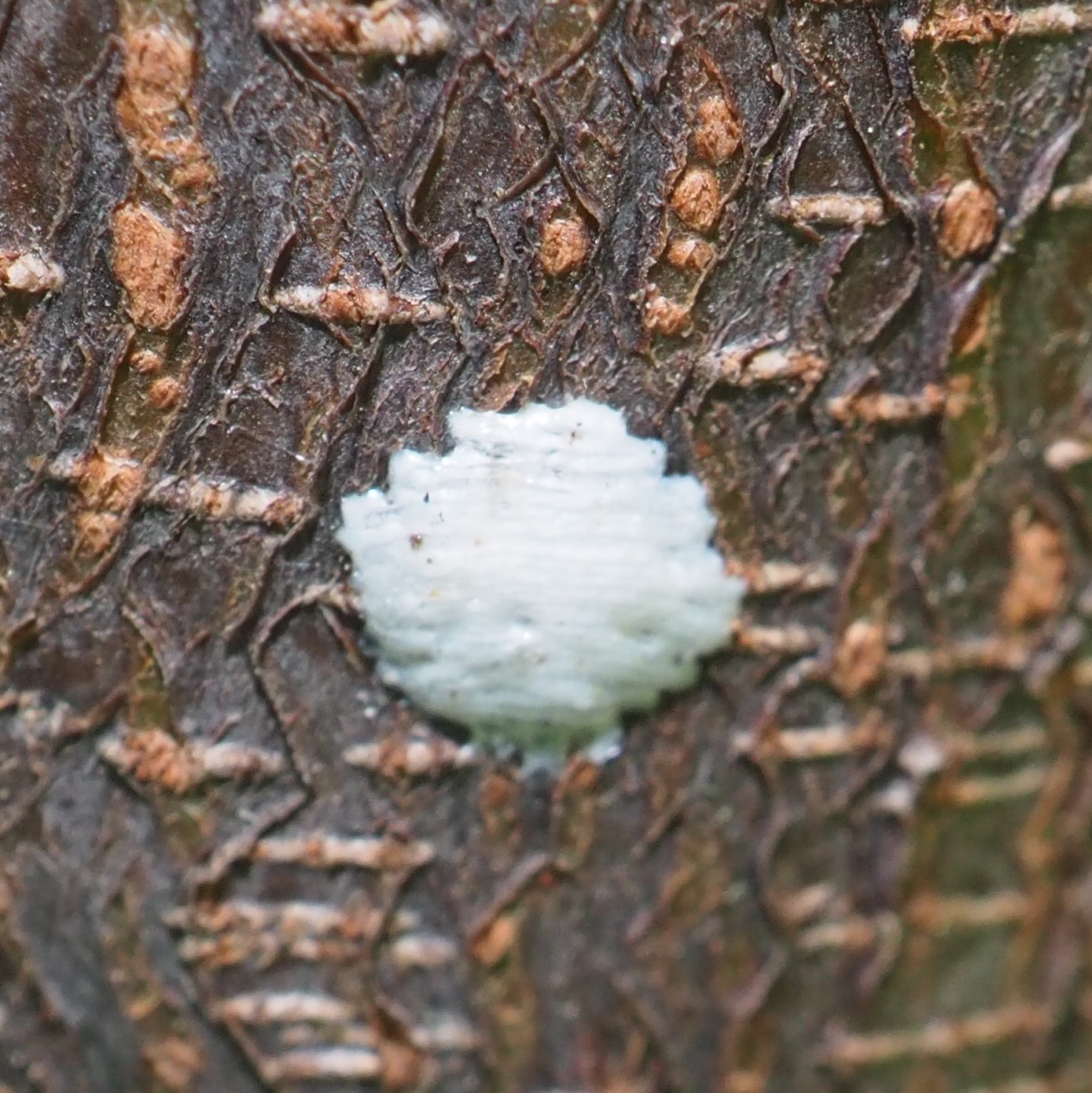
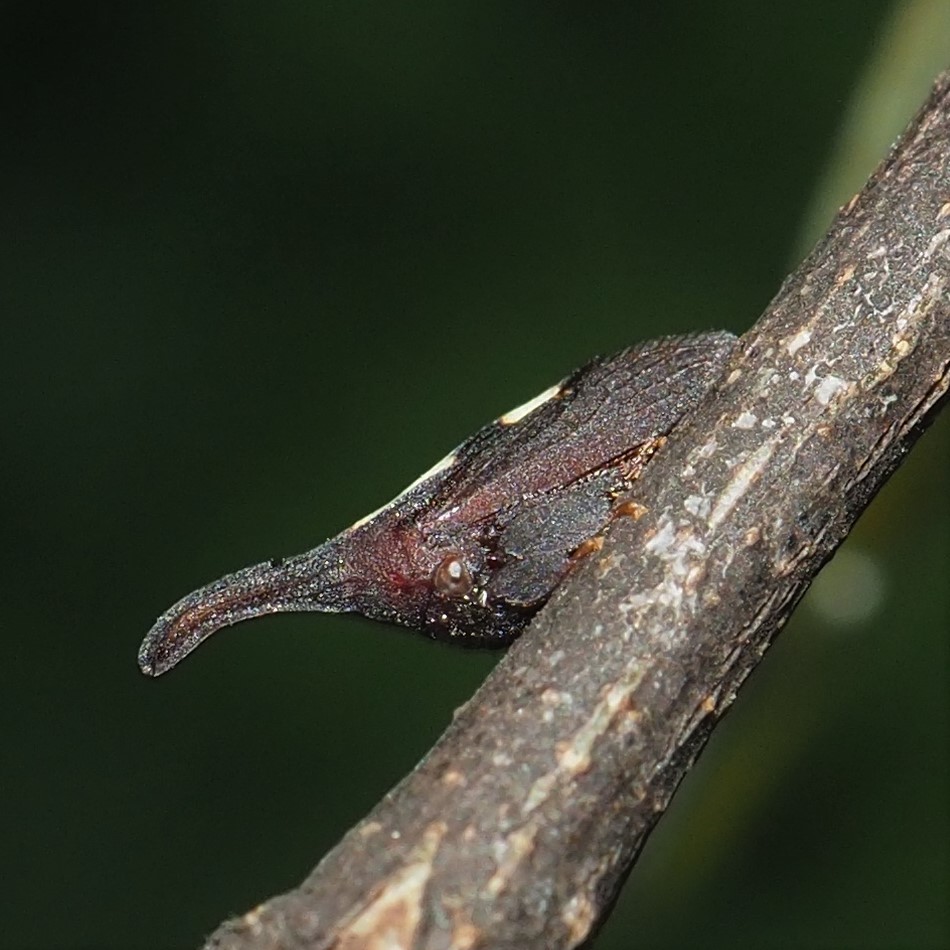
The North Wall is still fairly dry, but the lichens are apparently nutritious enough for a few Barklice. There were a couple of those Echmepteryx hageni adults. Third was taken on a green leaf and shows Polypsocus corruptus. It also occurred on other Walls, but I like the color of the background here.

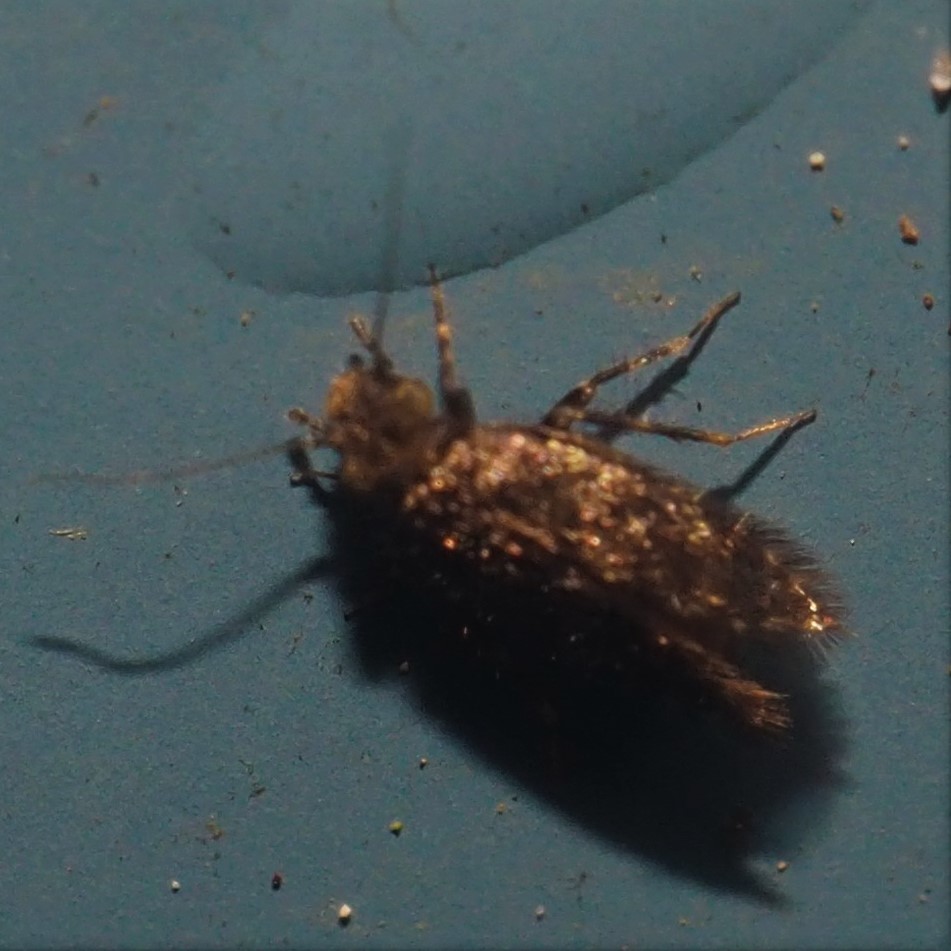
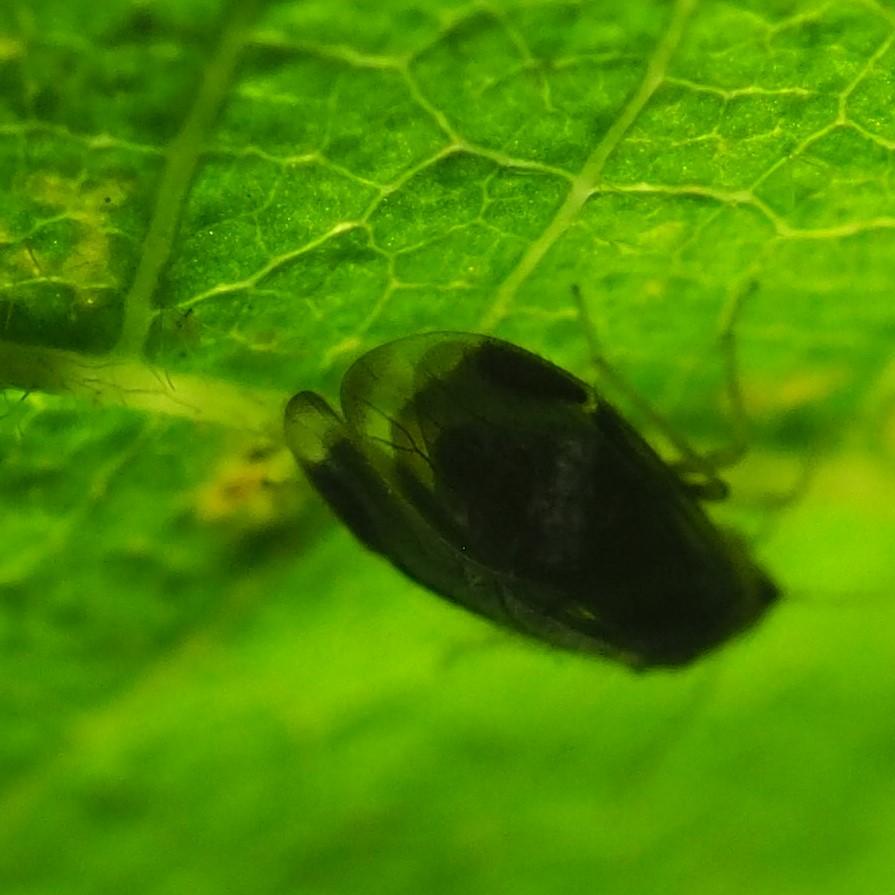
Amazingly, though there were quite a few Graphopsocus cruciatus nymphs (picture 1), I didn't spot any adults. The picture that I thought was of a female Trichadenotecnum alexanderae, was at least in the genus Trichadenotecnum on iNat, though an almost identical one from July 22 is the real deal. There are apparently several look-alikes that only an expert with a knife and a microscope can distinguish.
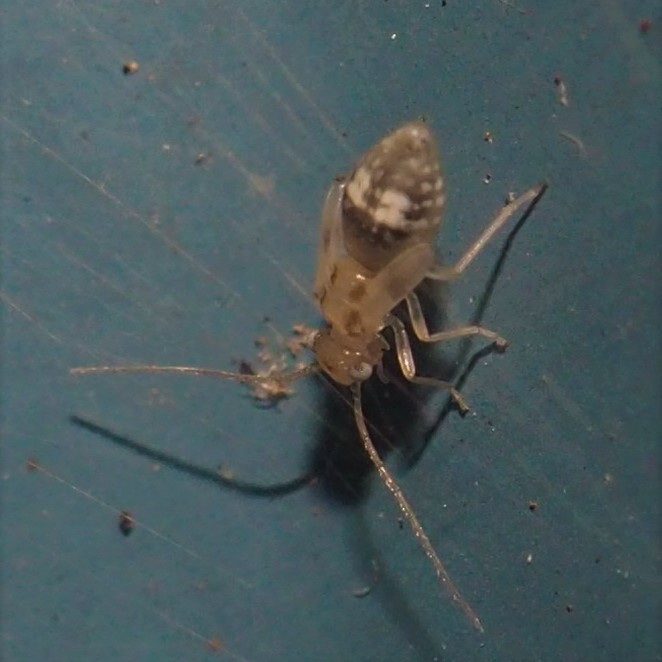
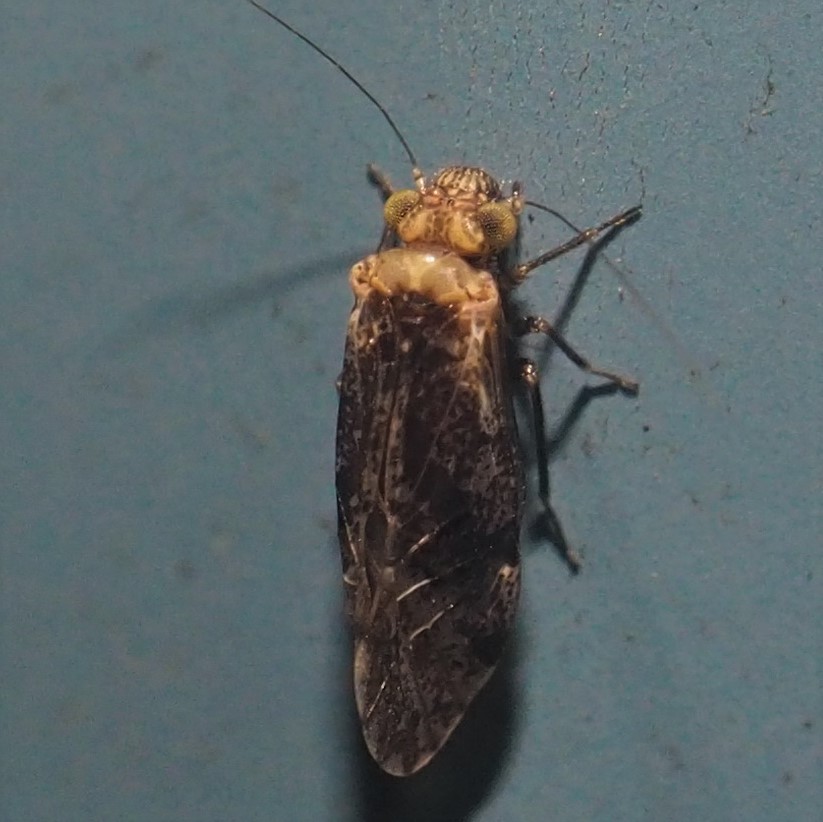
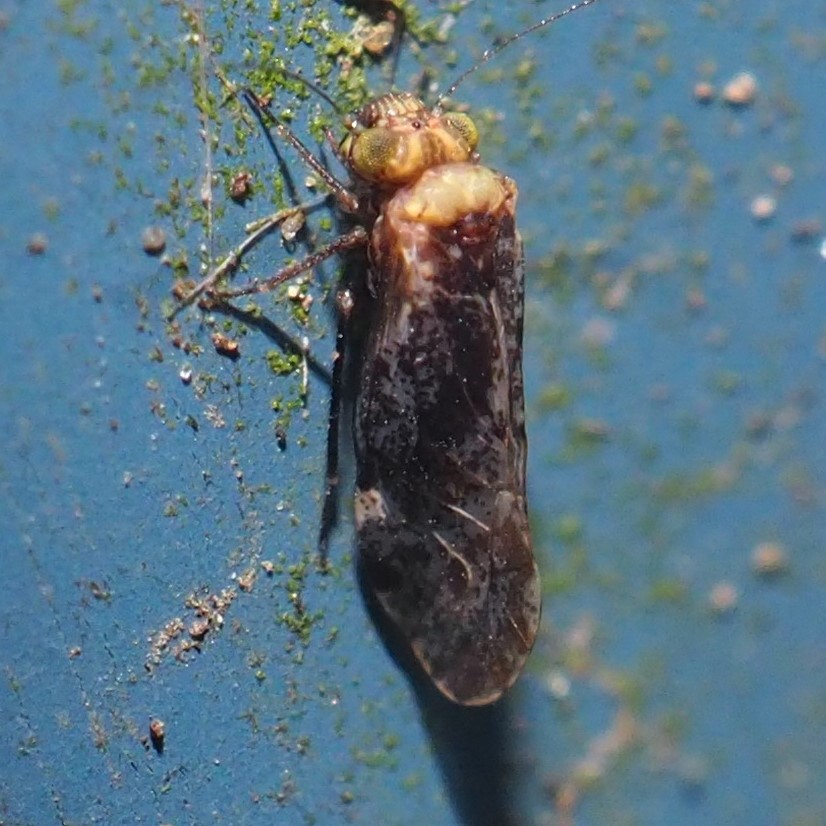
Ectopsocus meridionalis was the Barklouse that got me totally enthralled with Psocids (Barklice).

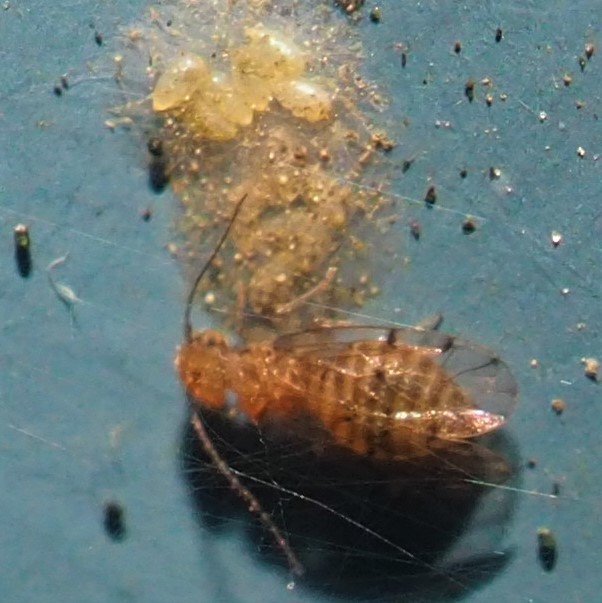
One new change. The other day one of my photos showed a piece of the nymph of something that looks like Valenzuela. Then yesterday I found this adult Valenzuela. Can't say what the species is, but it surely looks like V. flavidus.
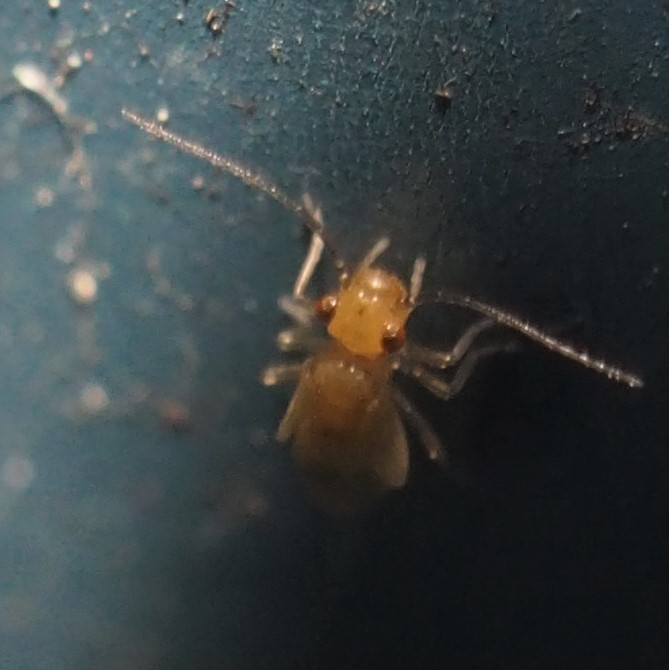
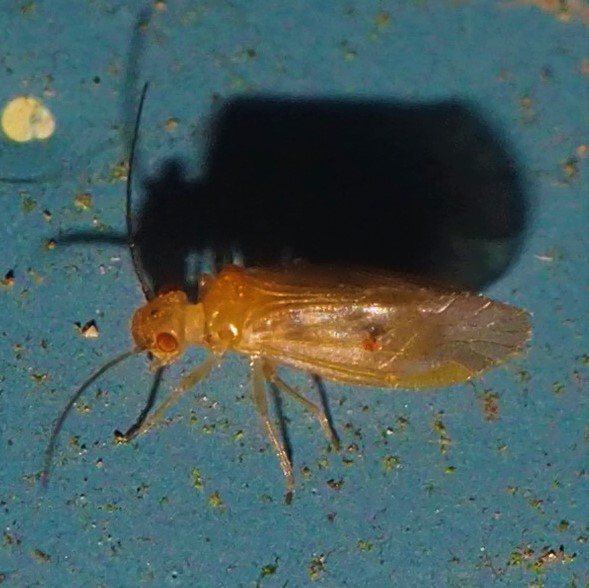

Here are a couple of possible different Barklice than I've seen before, I think.

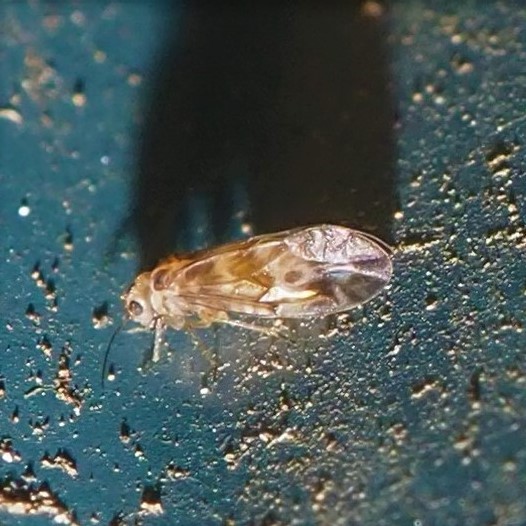
So let's look at the Flies. We first get over this one. I keep submitting these long beautiful black Flies, and they are always called Fungus Gnats. Actually there are some very pretty Fungus Gnats, so excuse their name. So now that we've got over these ubiquitous fellows, the alphabetically next two are very pretty.. First is a beautiful little Hover Fly Toxomerus geminatus, and second is one of those extraordinary tiny "Long-legged Flies" and I managed after a few tries finally to get him face on.
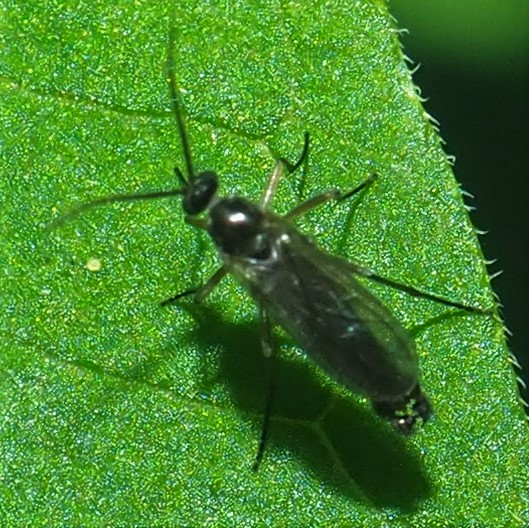
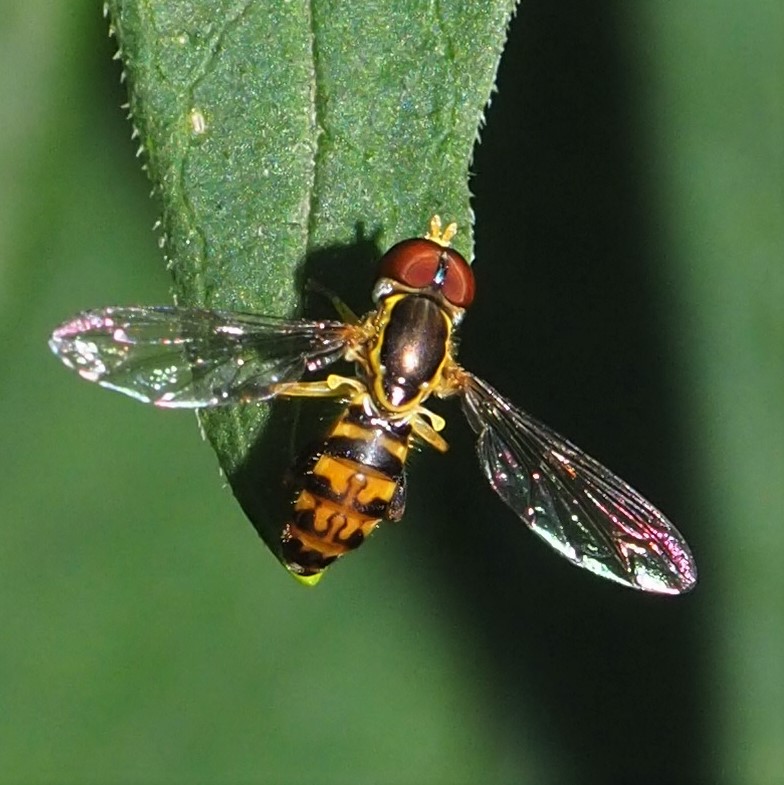
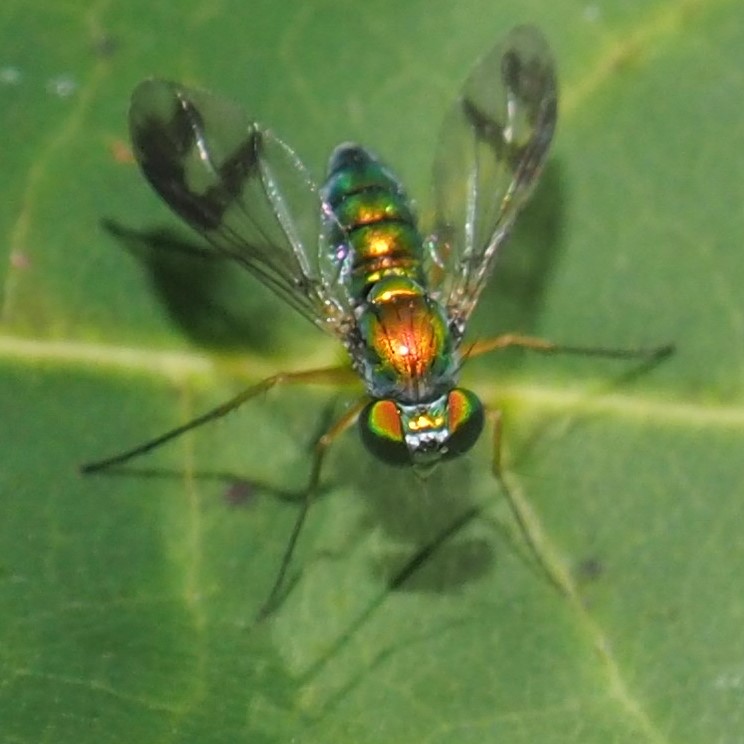
Here are a few that I call Mystery Flies because I don't recognize them.
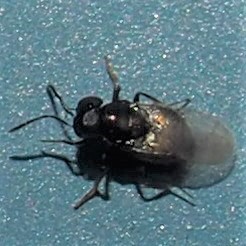
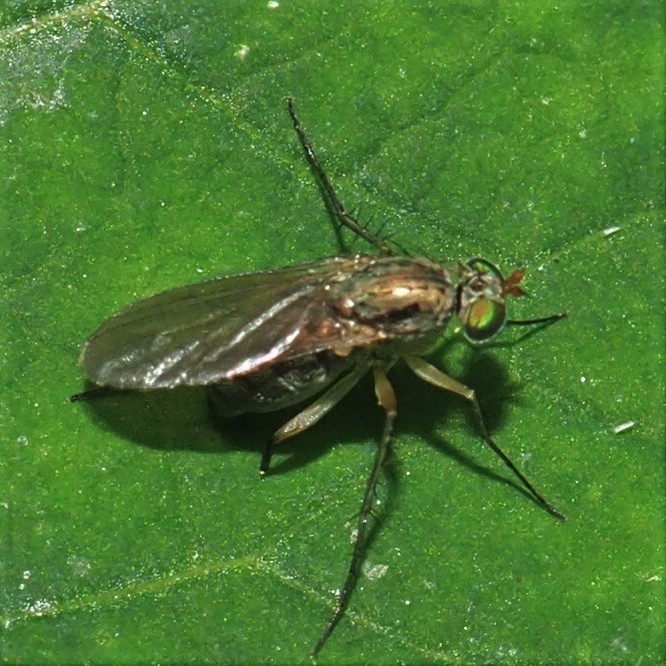
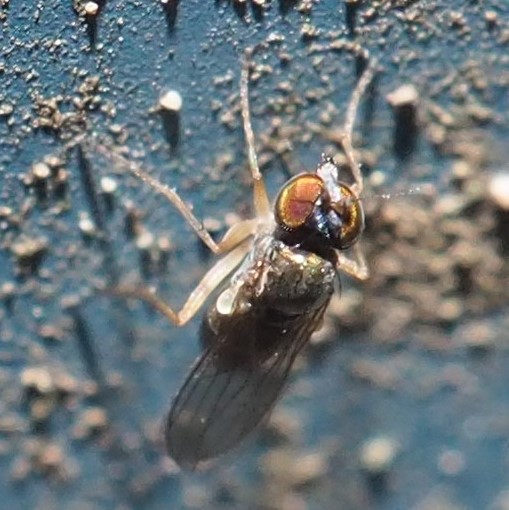
Here are some more little Flies. The last two seem to be related to the Fruit Flies.
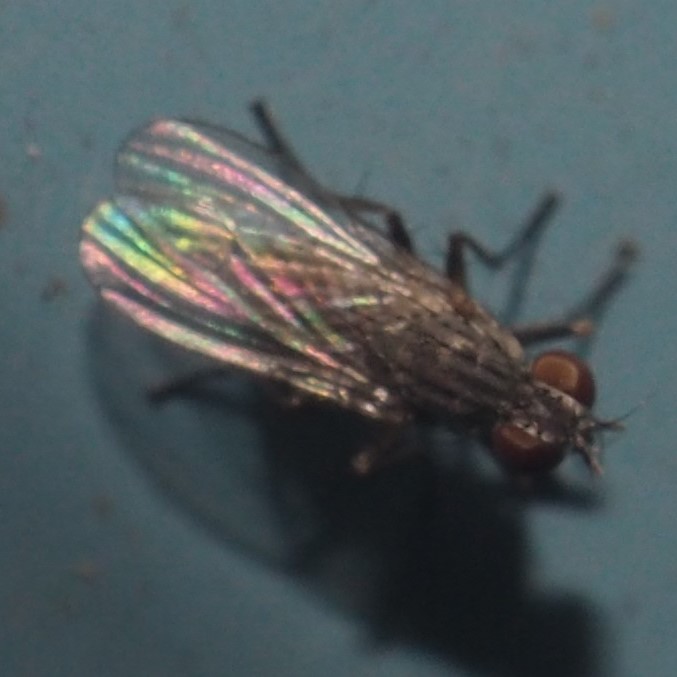
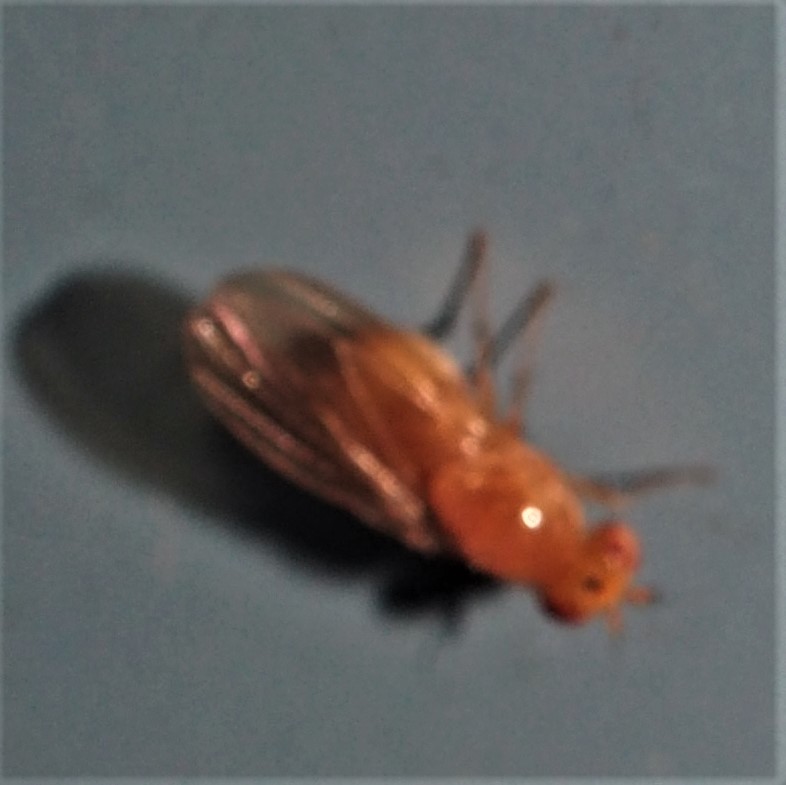
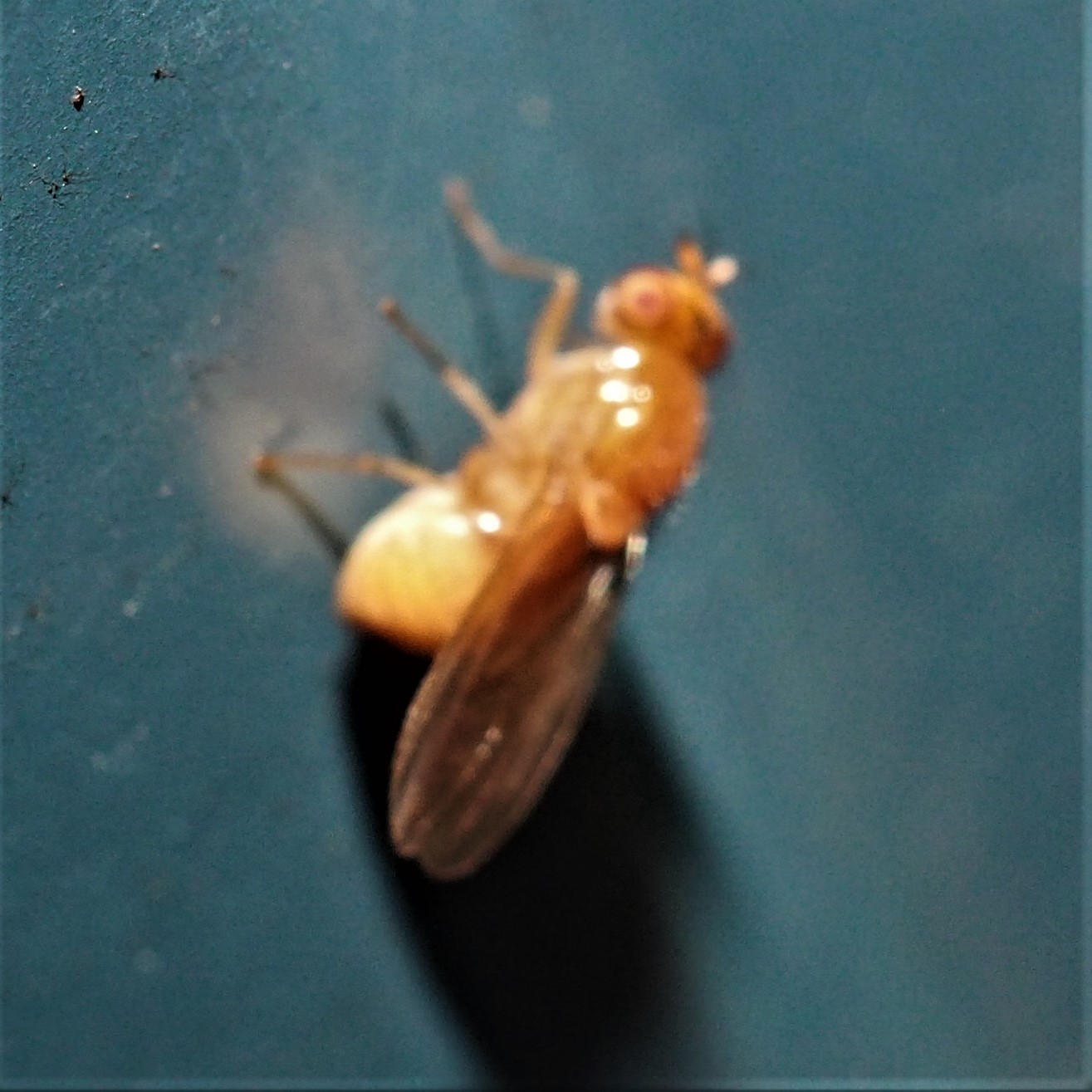
Here are three House Fly mimics (the first one is a Flesh Fly). and ,a smaller Fly called the Smoky Woodlouse Fly which somehow lives on Woodlice (Pillbugs).
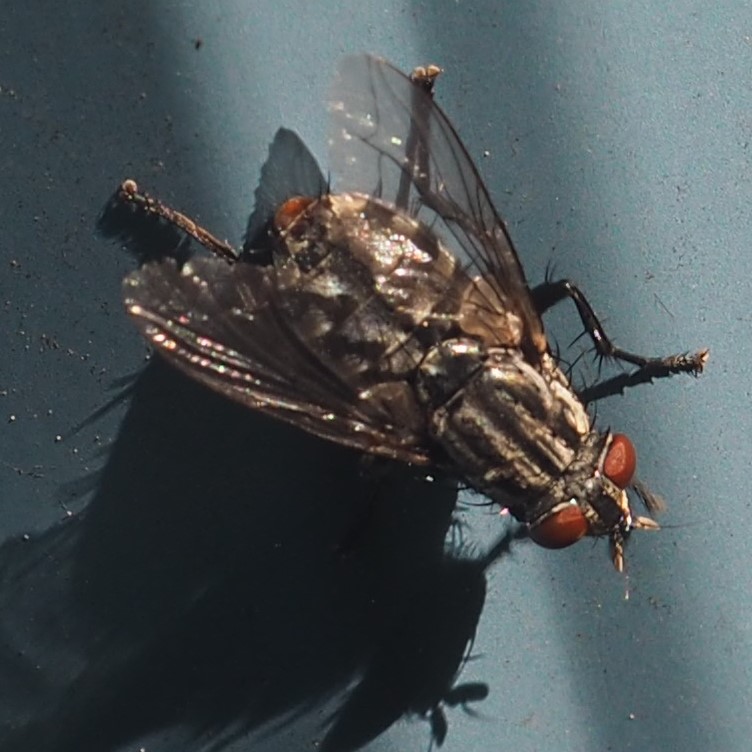


This first one is a smaller Fly called the Smoky Woodlouse Fly which somehow lives on Woodlice (Pillbugs). The next two are Humpbacked Flies, this being the first time I've seen one not mating with another. Finally, a beautiful tiny Fly. Click on it to see the subtle iridescence.
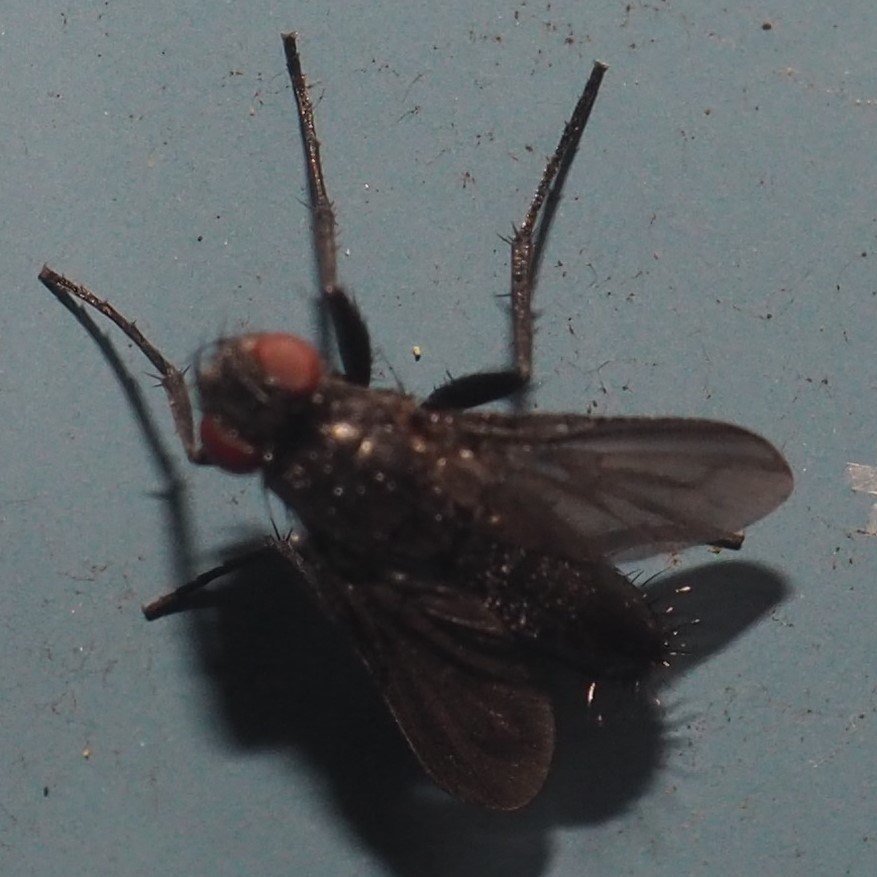

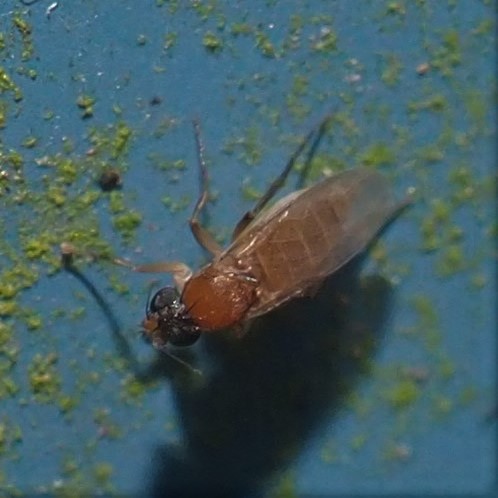
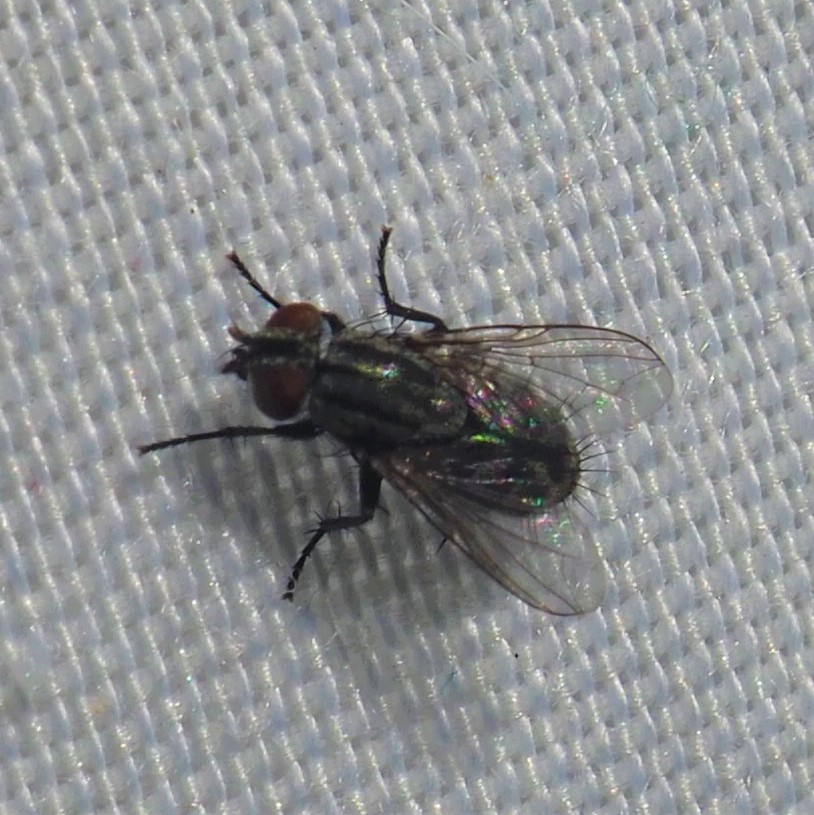
Here is another Moth Fly. Then a Common Picture-winged Fly, and finally that tiny Vinegar Fly, which I've seen so many times this summer I can even write its name from memory: Chymomyza amoena.
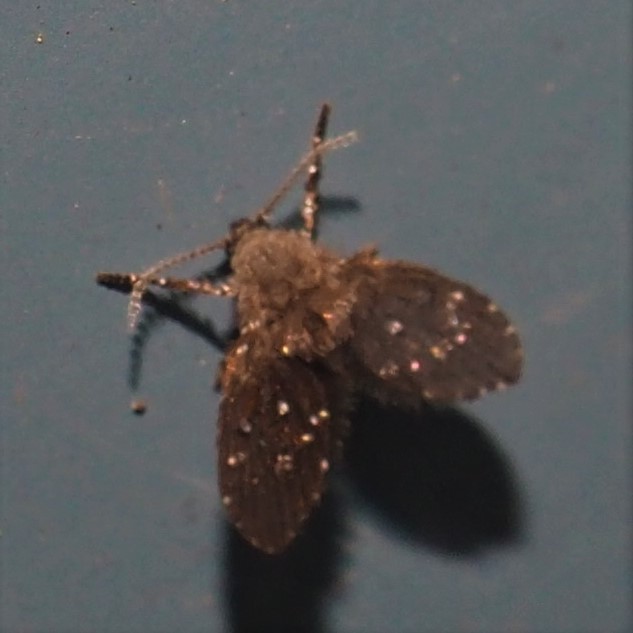

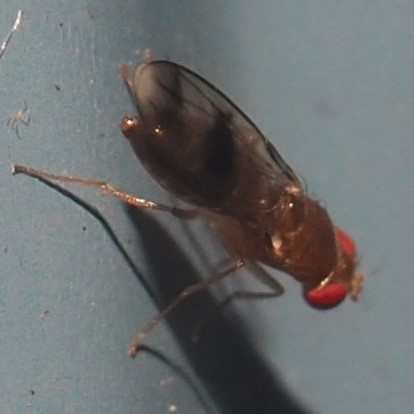
Almost the last Fly. In fact, there were a number of these little Fly larvae (I thought they looked like some kind of half-worms, but they are baby Flies) running about on my garbage can lid. I managed to get these two little GIFs so you can see how they move, kind of swinging their fore-section as they go.
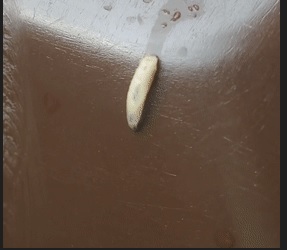

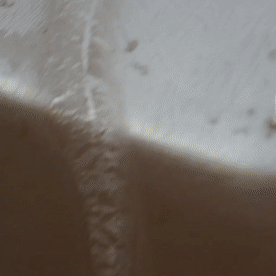
As for the Mosquitoes, there was only one that I saw, although they got me repeatedly when I was out there looking for other things. That is good O+ coloring in this little Asian Bush Mosquito. As for Moths, there were these two. The first is in genus Protoboarmia, probably the Protoboarmia Grey. And the second is a tiny thing called the Norway Maple Pigmy Moth. I see it a lot probably because of our profusion of Norway Maple Trees. Fourth is a bedraggled Red-Spotted Admiral. I had seen it fluttering high up in the tall trees out my window. I came down with the camera and found it plopping its ragged self on the path next to the Pond. Poor thing!

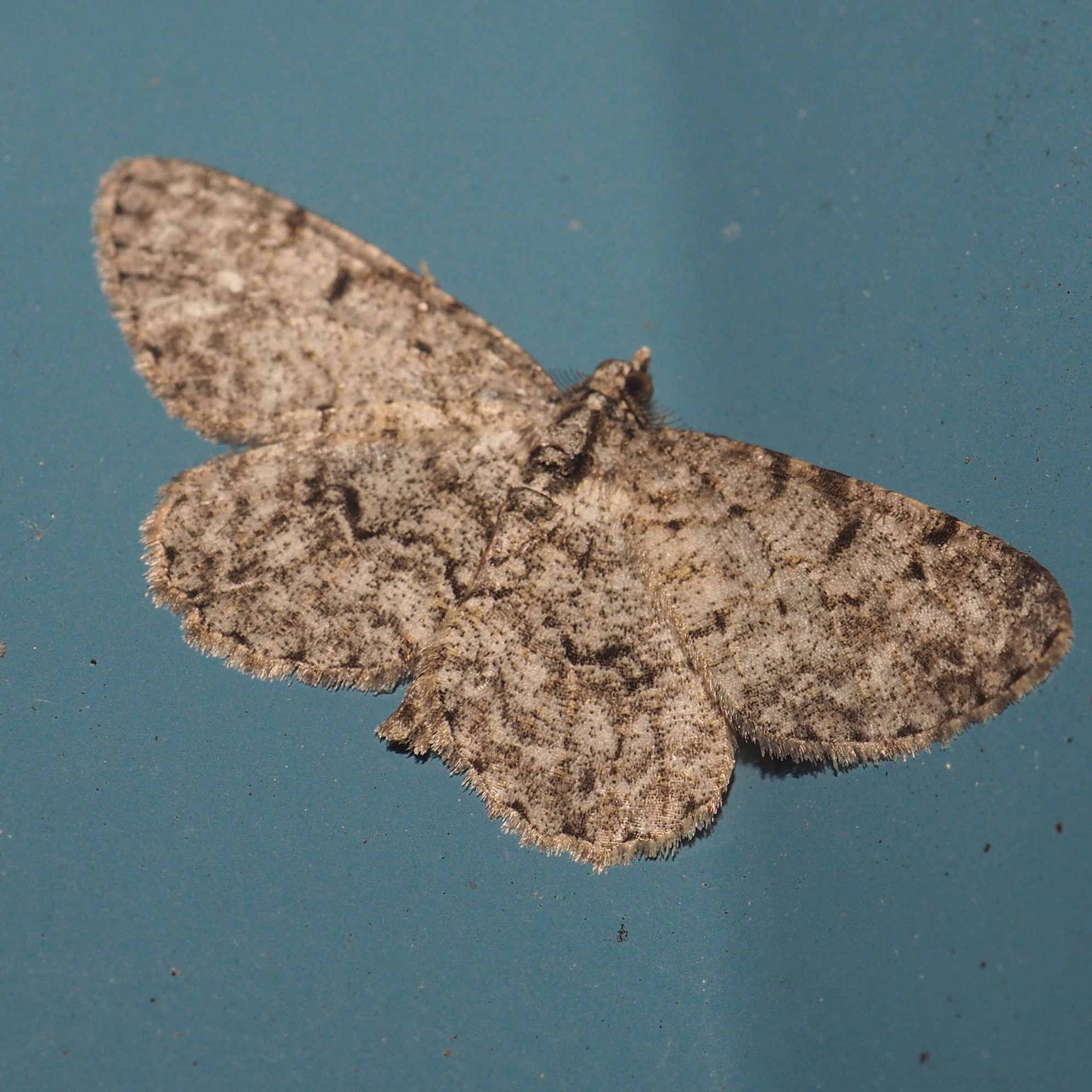
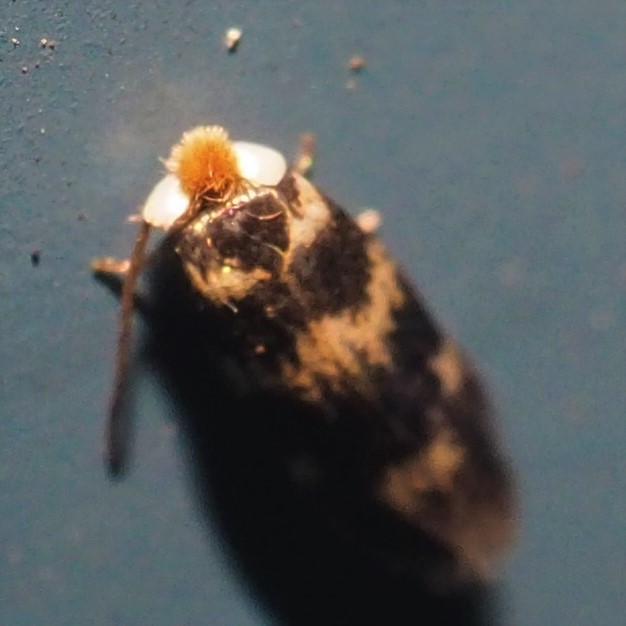
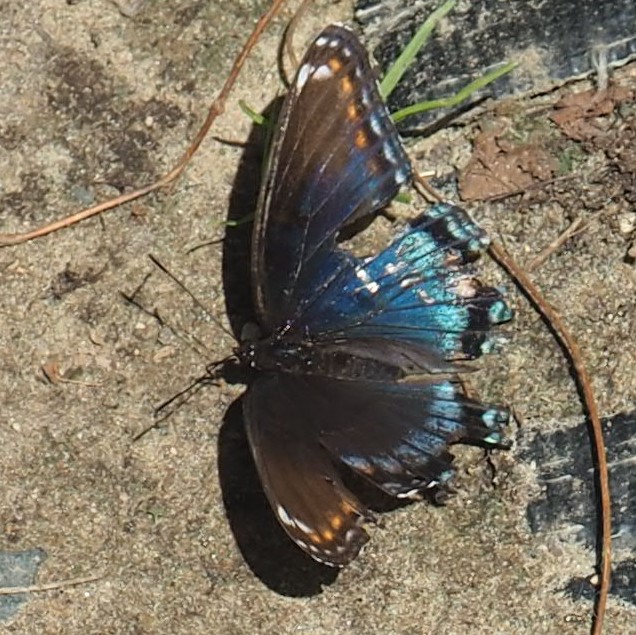
Oh - we have one more Insect called a Scorpionfly, but it is NOT a Fly. It is in the order Mecoptera, and genus Panorpa. This one is a female. You'll know if you have found a male because it curls up its tail like a Scorpion!
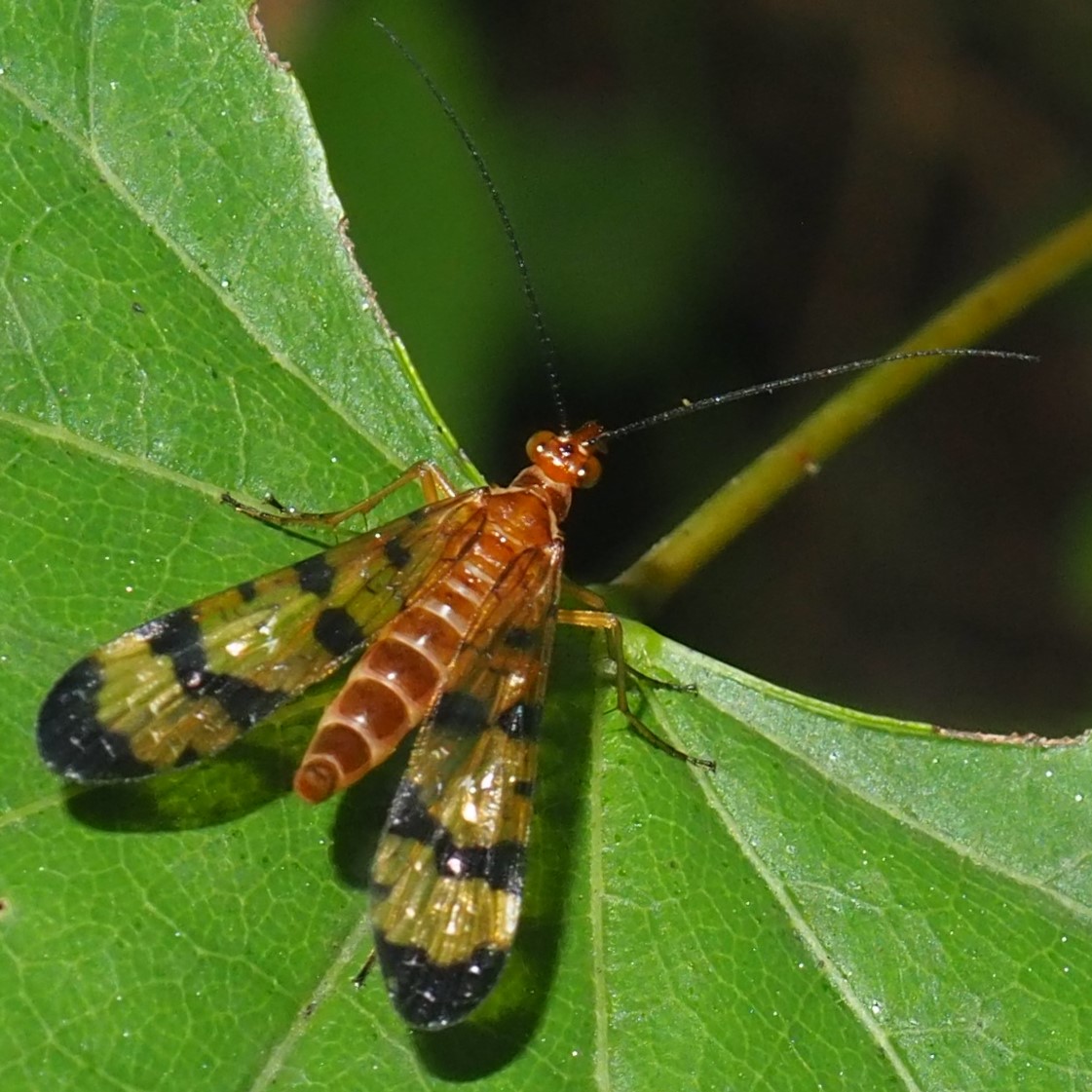
Time for a Flower Walk. First is that Hibiscus on the deck. Down from the deck, those Arum seeds are still bright red.
Not far from it, the Pulmonaria leaves are still so pretty.
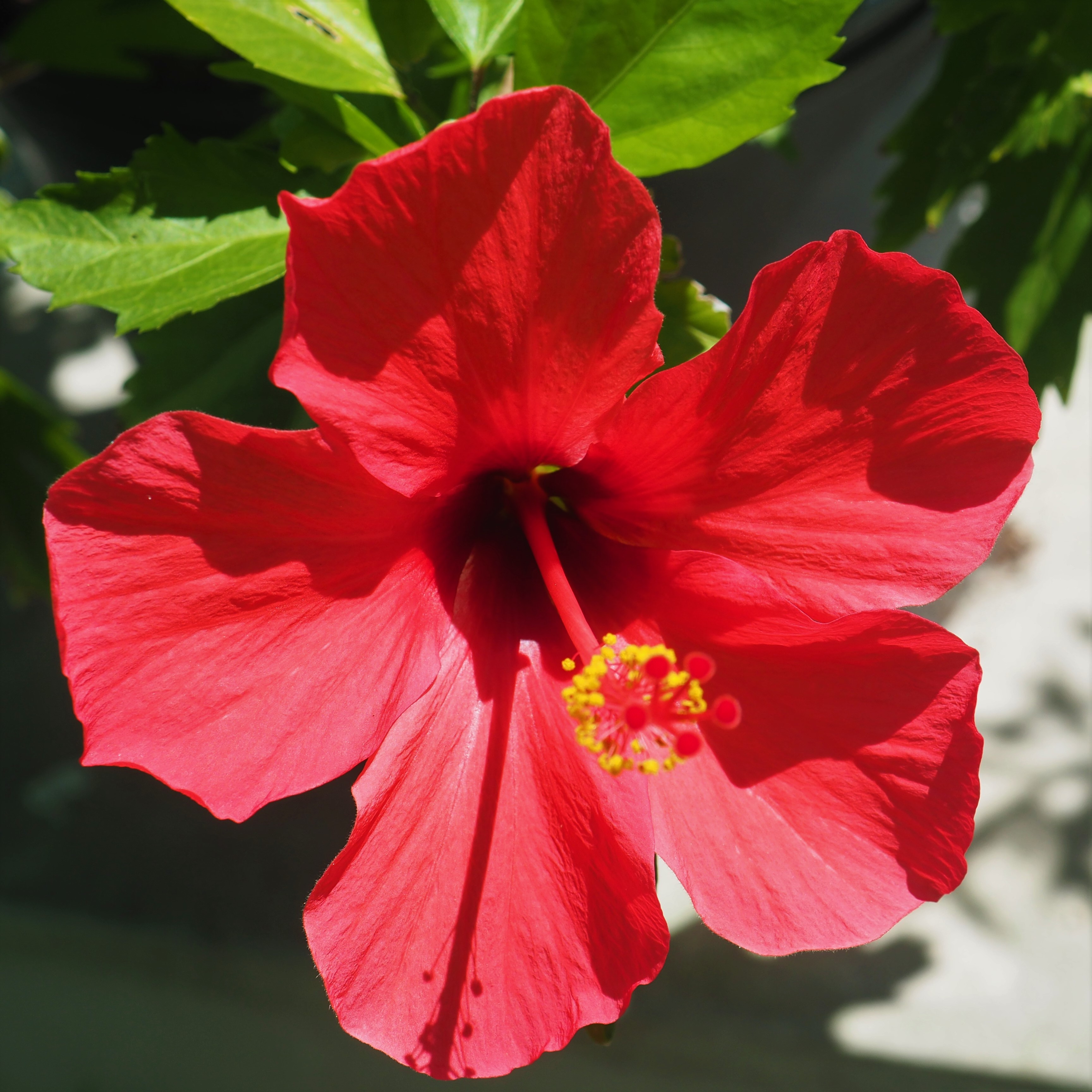

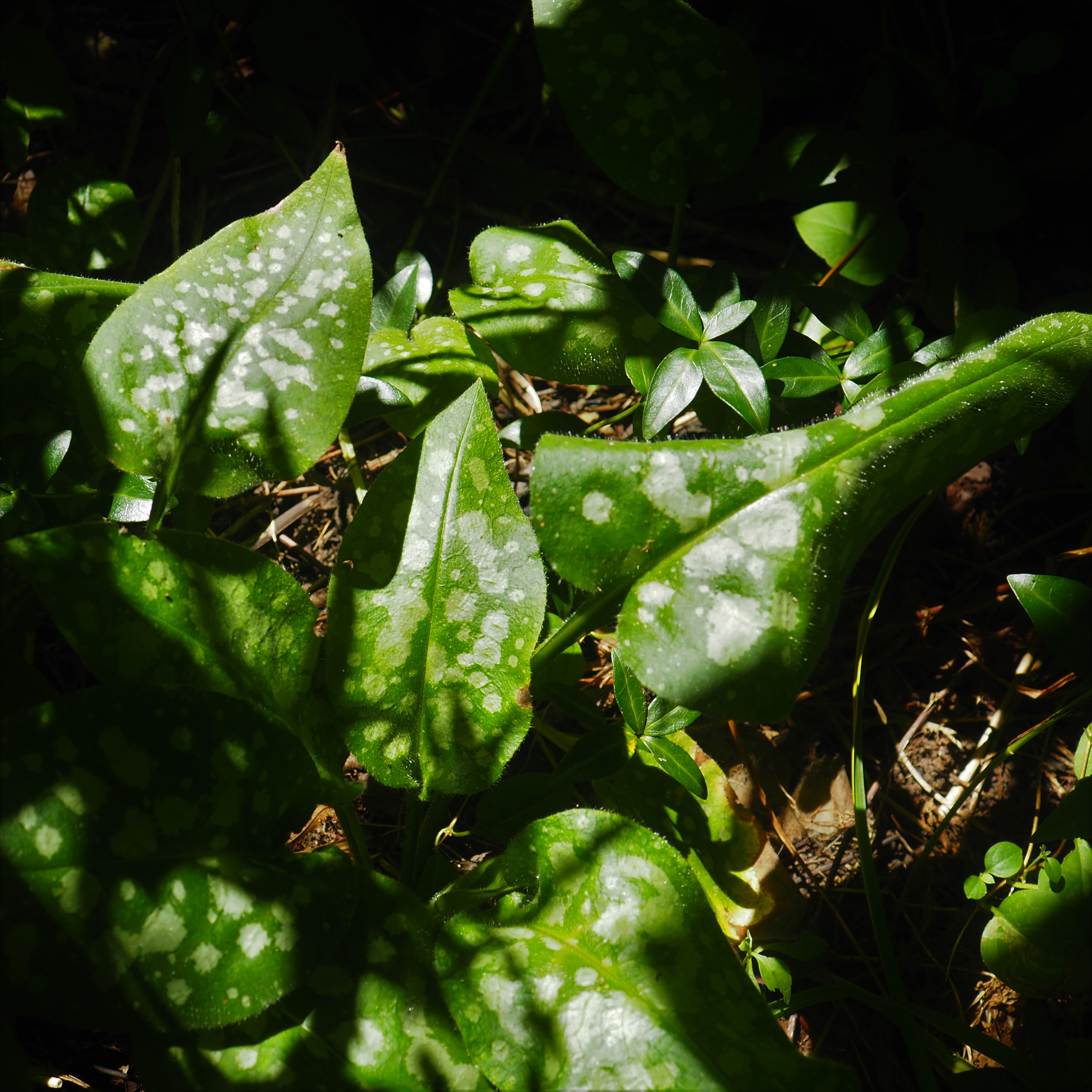
Looking across the path at the Cultivated Phlox, here you see it on August 8th, and then on the 11th. On the other side of the Back Yard, the old Fall Phlox is still holding its own, but beginning to slow down.


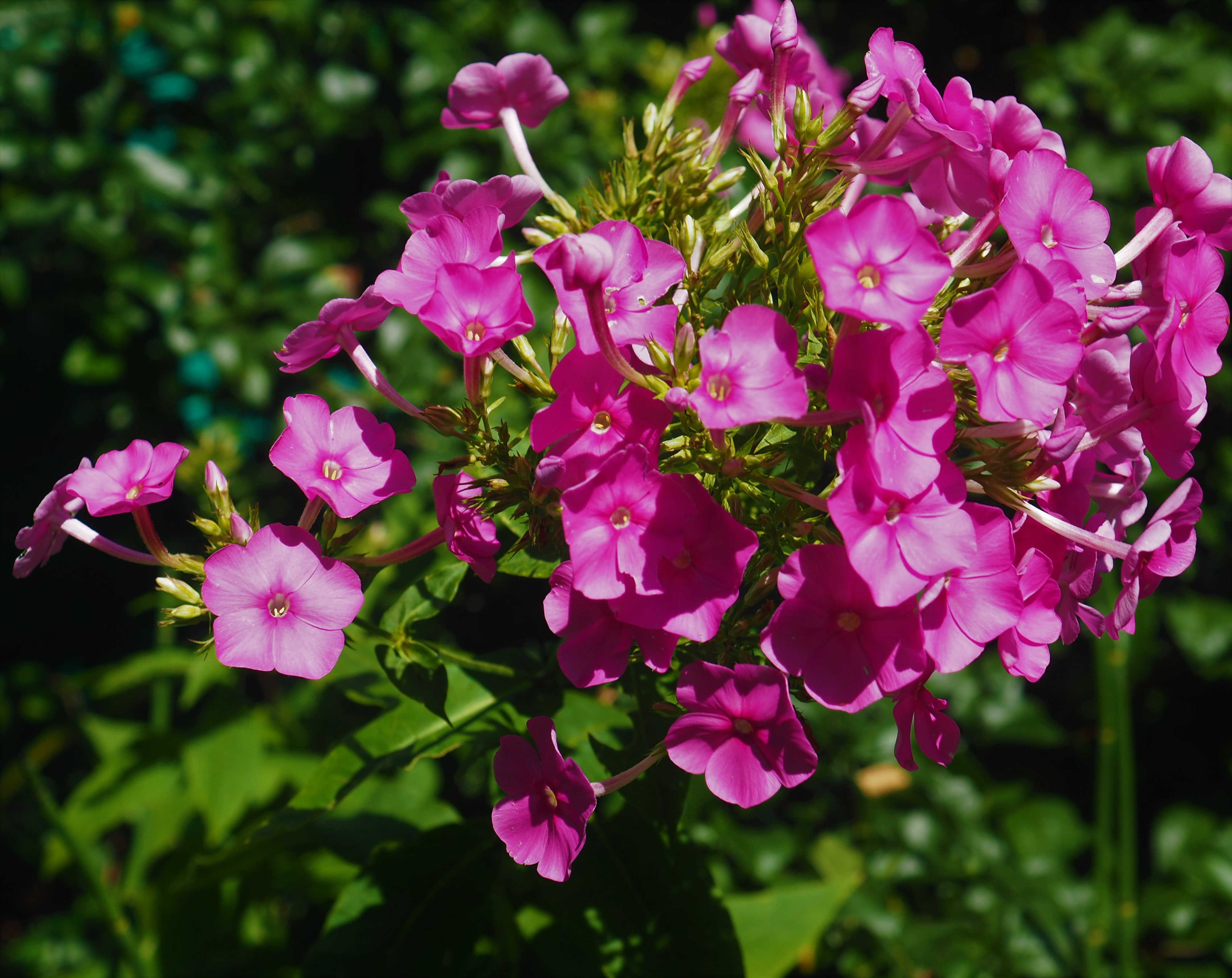
Remember the Tall Evening Primrose that was budding last week? Well, this week it bloomed. What a yellow! Third is the Rose Mallow, still fighting the weeds!
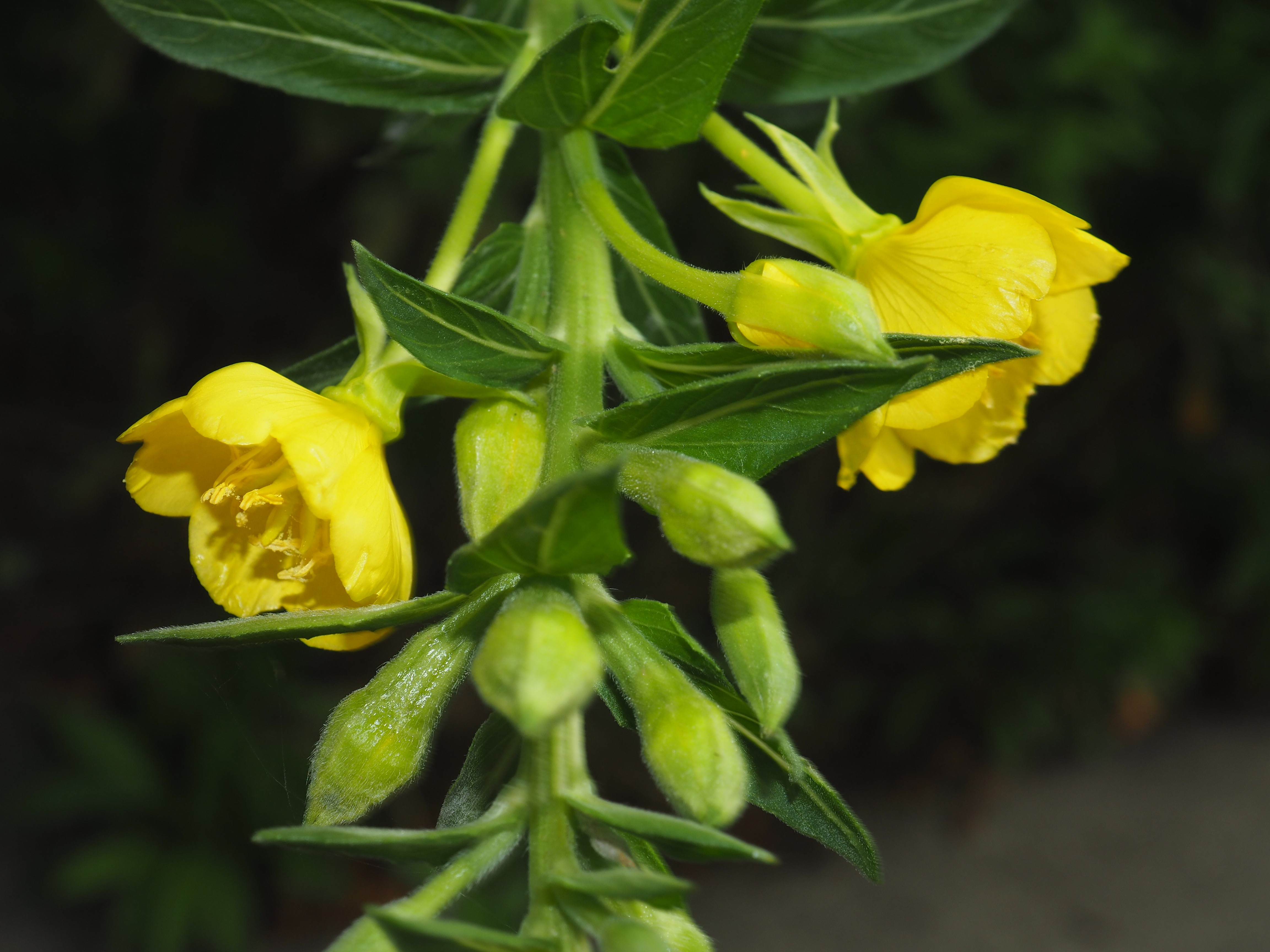

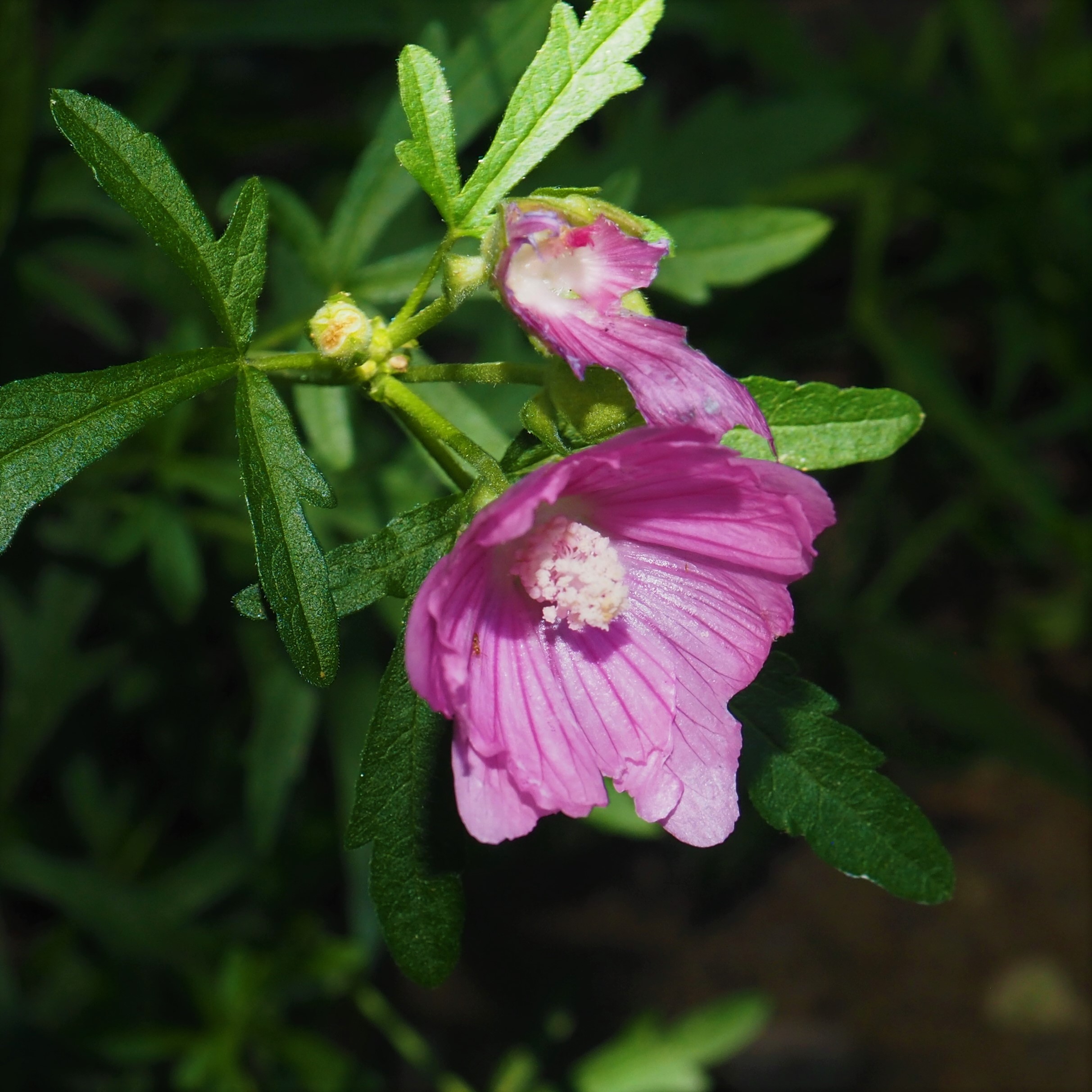
The Japanese Anemones are finally budding. But (picture 2) Kathleen Seidl's is already blooming! The Asiatic Day Flower that started up IN the Pond, hanging onto the inside with its roots down in the water, is still operating.
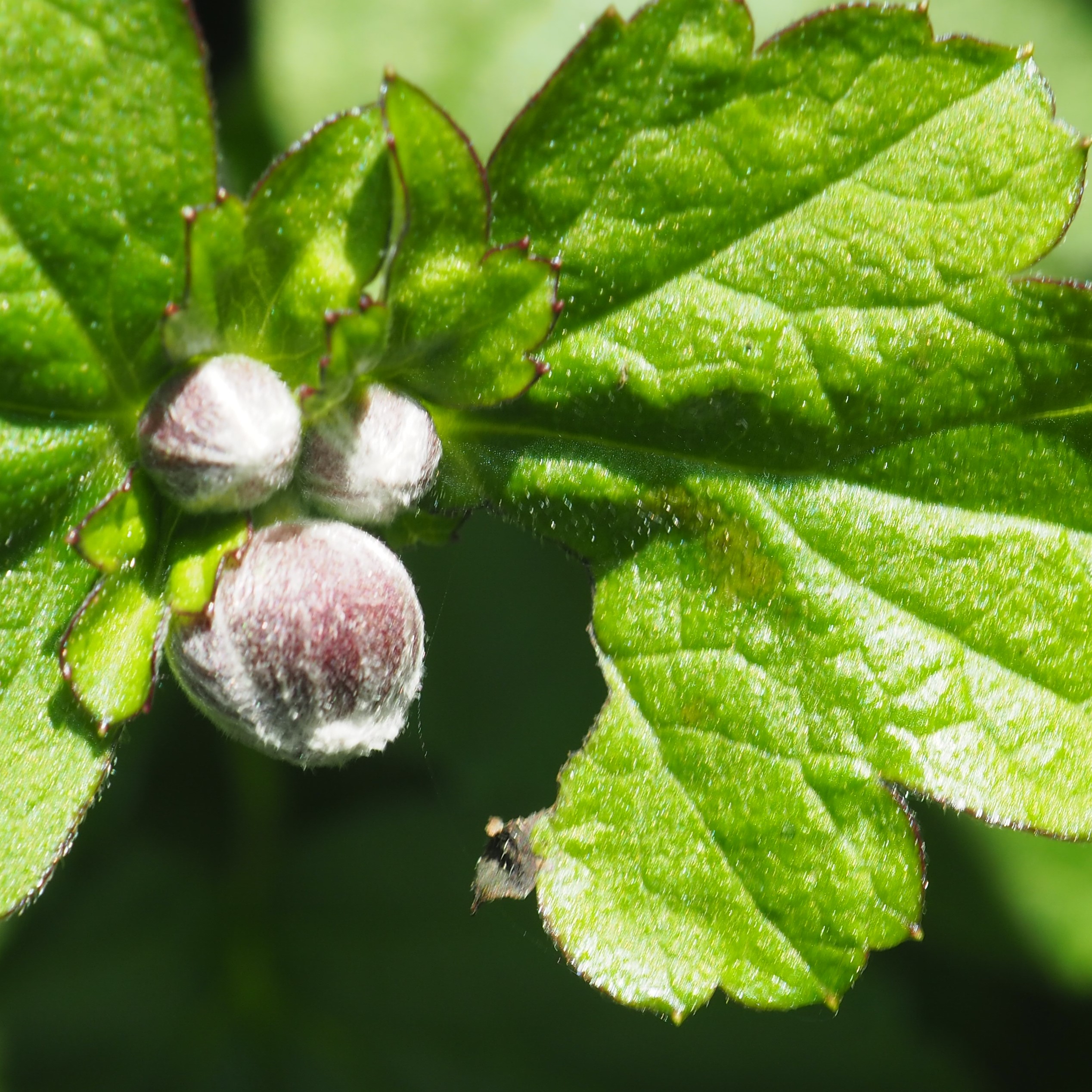

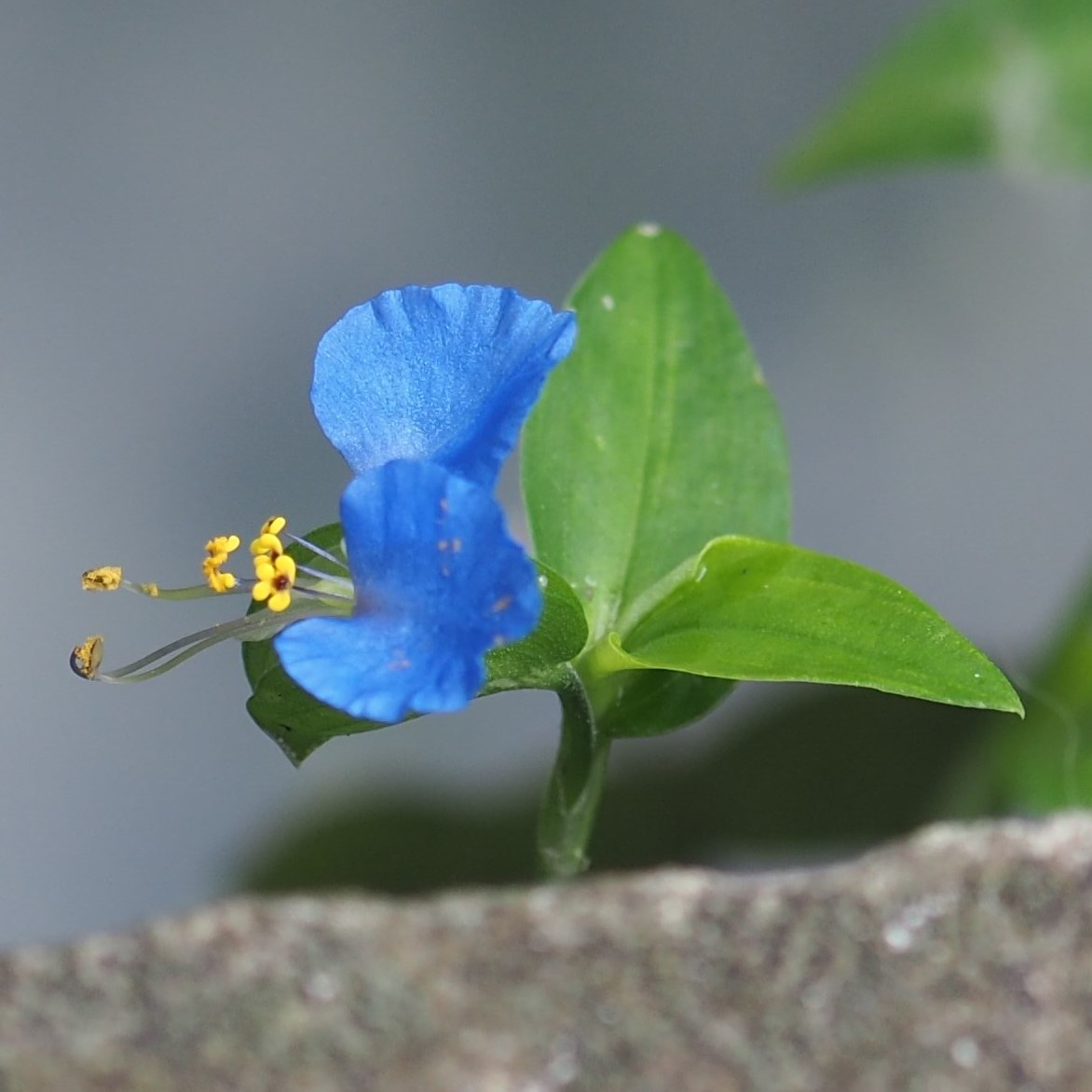
This little Asian Lady Beetle that you saw before is sitting on the multiple buds on the Goldenrod. It is about on time. Last year (in the August 15 2021 blog, the goldenrod was already showing yellow buds. AND the Spiderwort was still blooming. Now it's long gone! I didn't expect that! Oh well, here you see the Snowberries blooming and, finally, in berries!

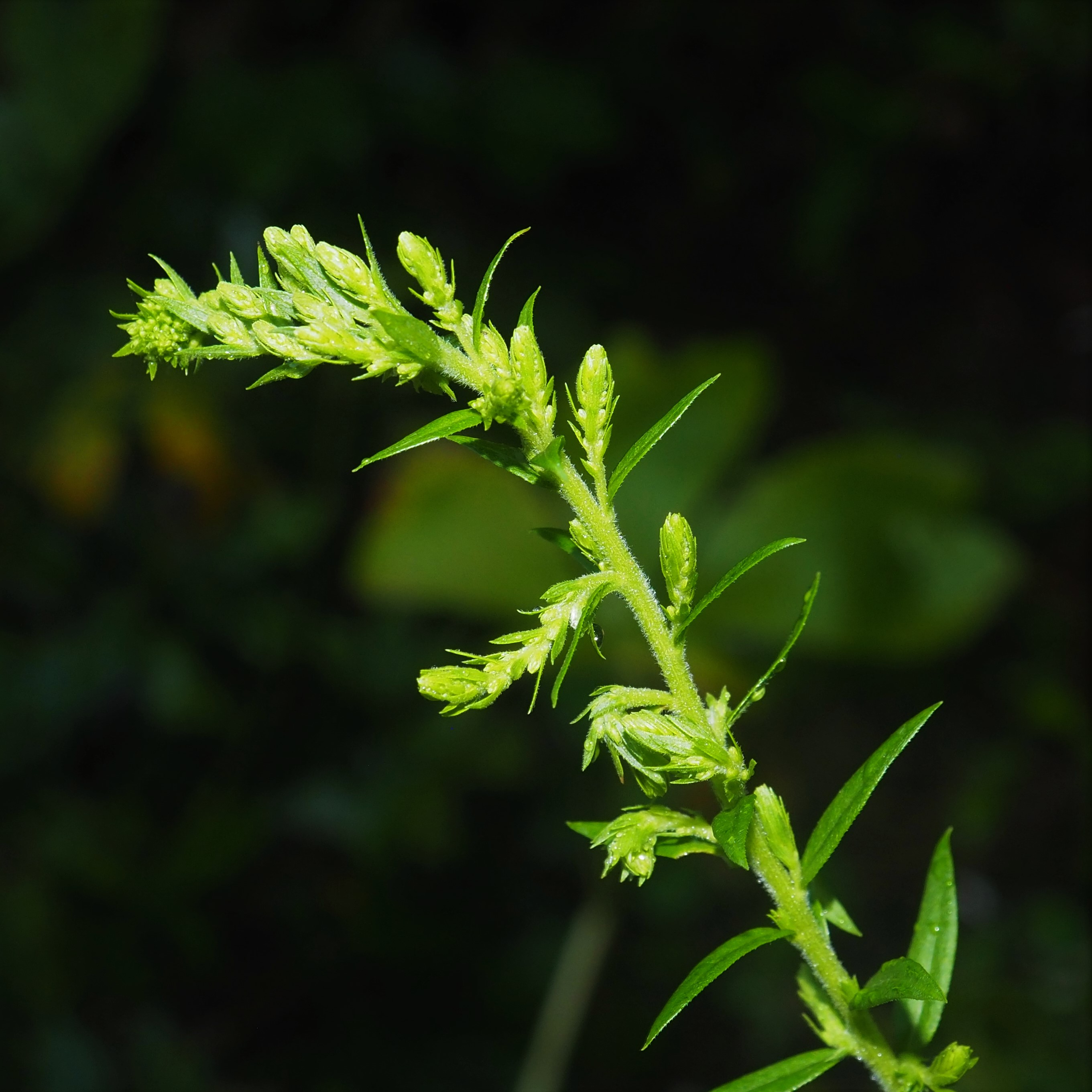
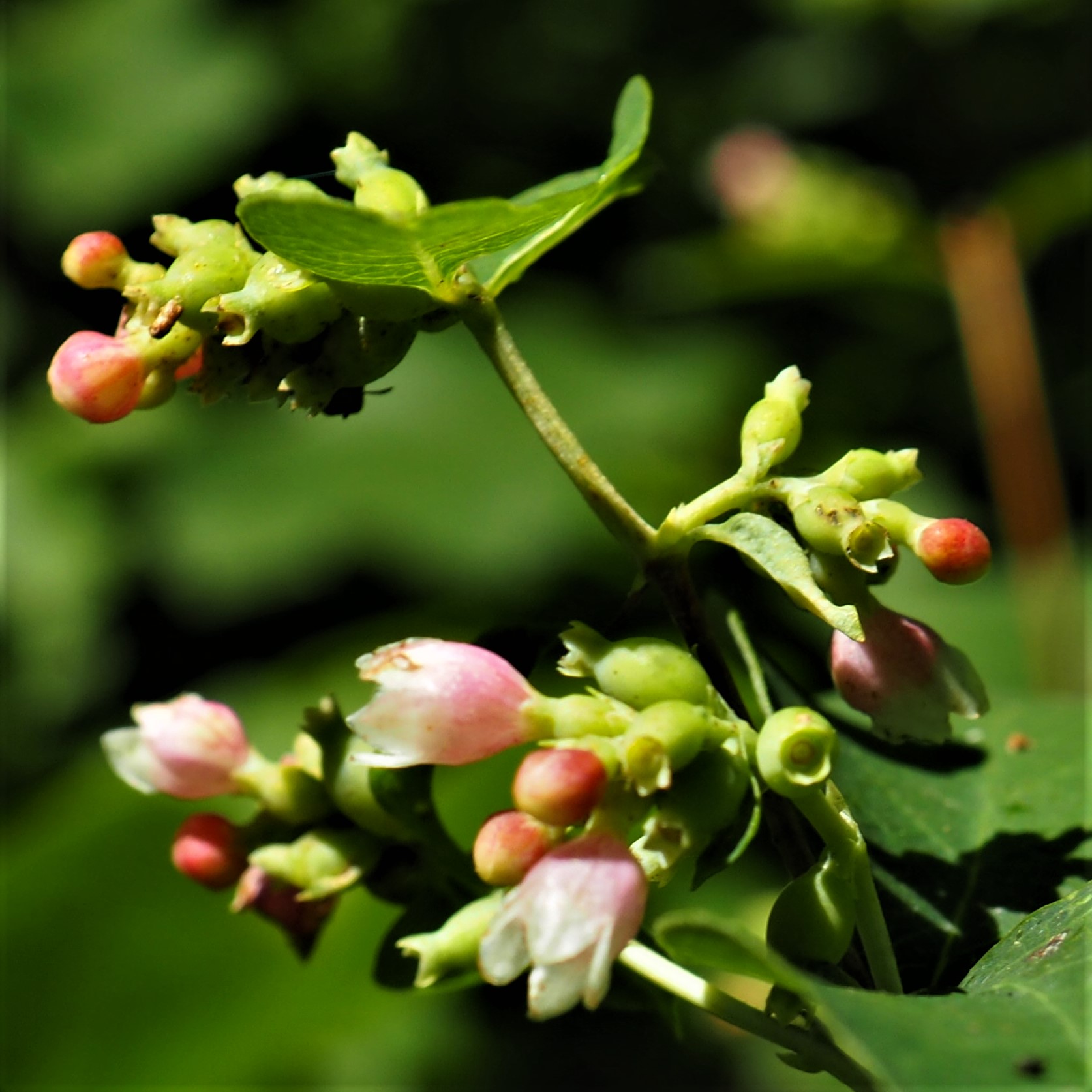

The Water Lilies were beautiful the days that they bloomed, and especially when they were both blooming at the same time. Picture 1 shows the one brighter pink one blooming yesterday. The next picture shows them both blooming today.
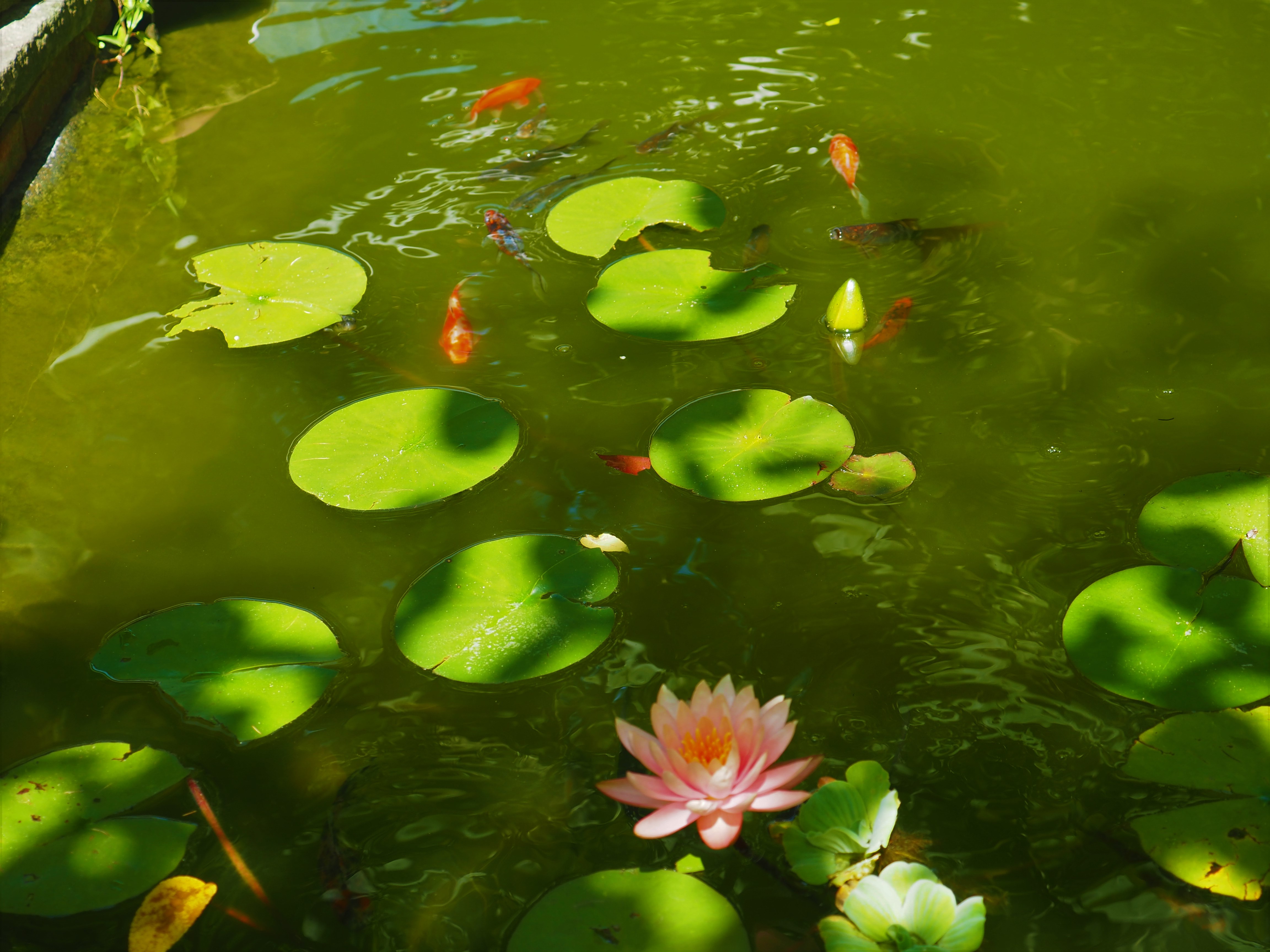

Now we have finished our Flower Walk, and it is Spider Time! First, our little Common House Spider. Second I believe is an adult Male with its red costume. The third is a Cellar Spider, perhaps a Long-bodied one.
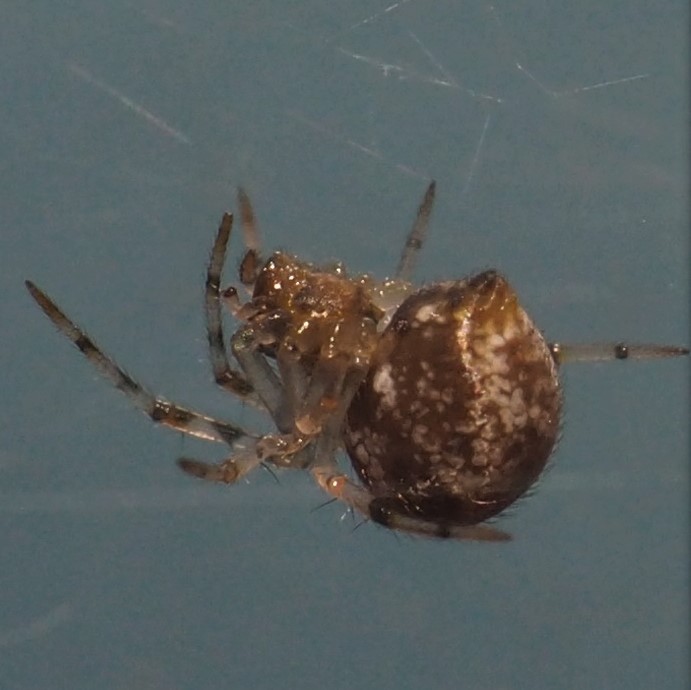
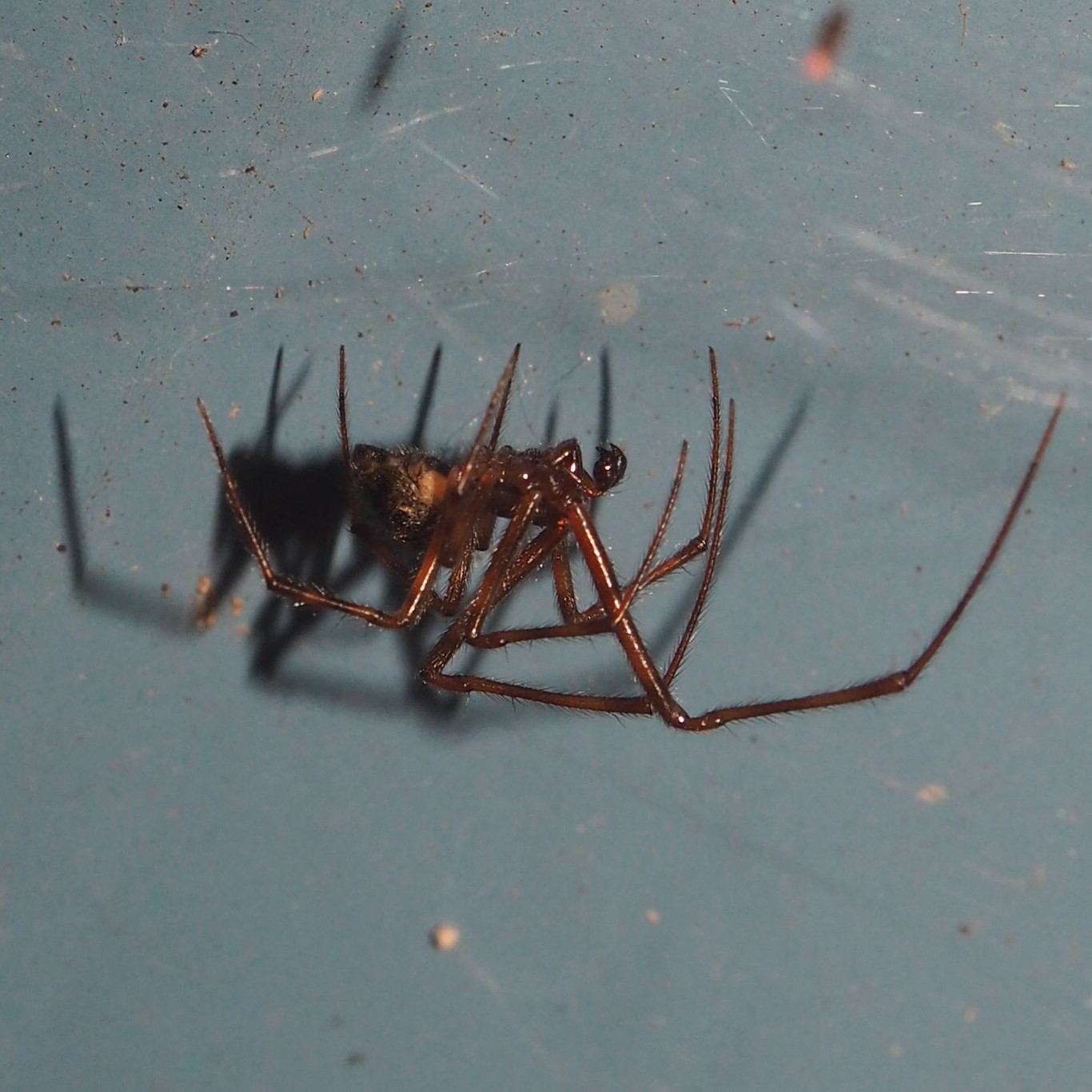
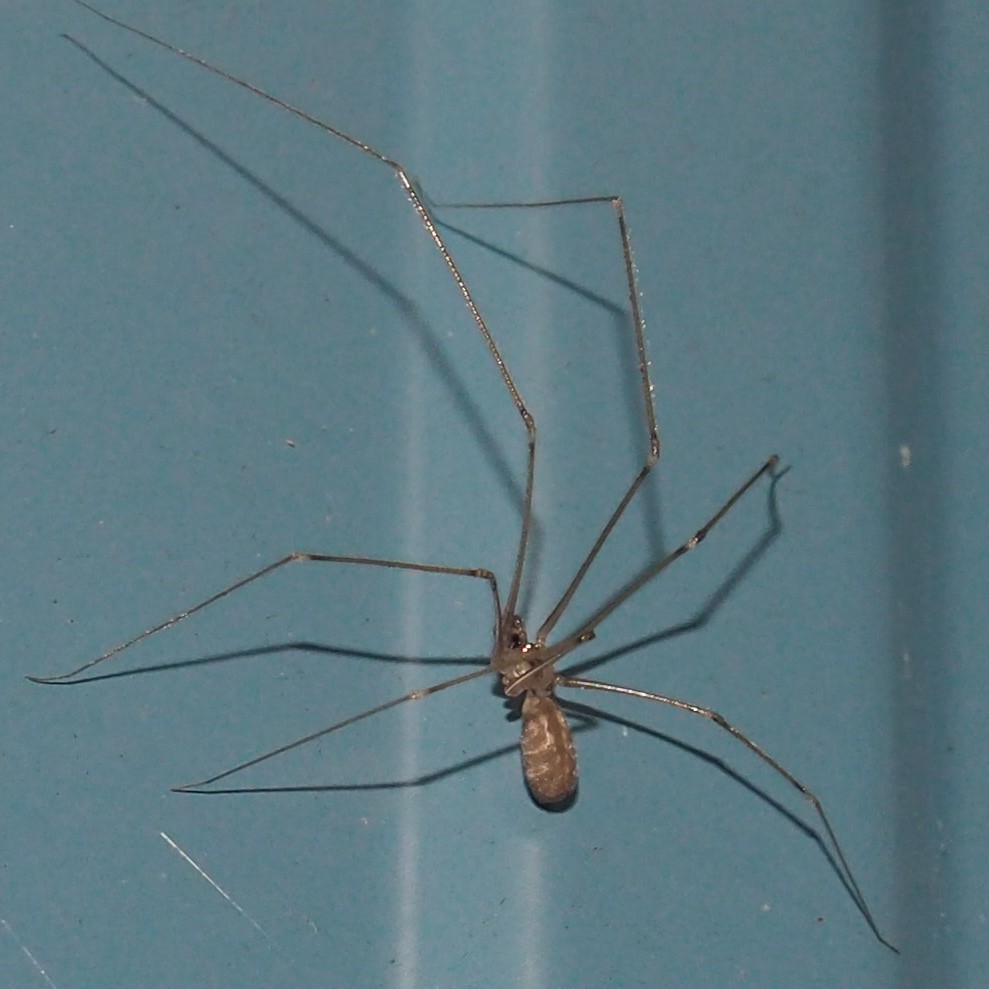
Yet another Common House Spider with a much larger Fly prey. The second I think is another but with a tiny Wasp larva preying on it. In picture 3, the House Spider has caught a Fly or Barklouse but it itself is prey to a Wasp larva.
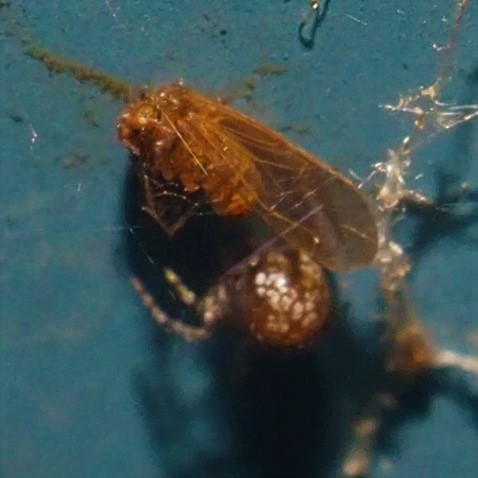
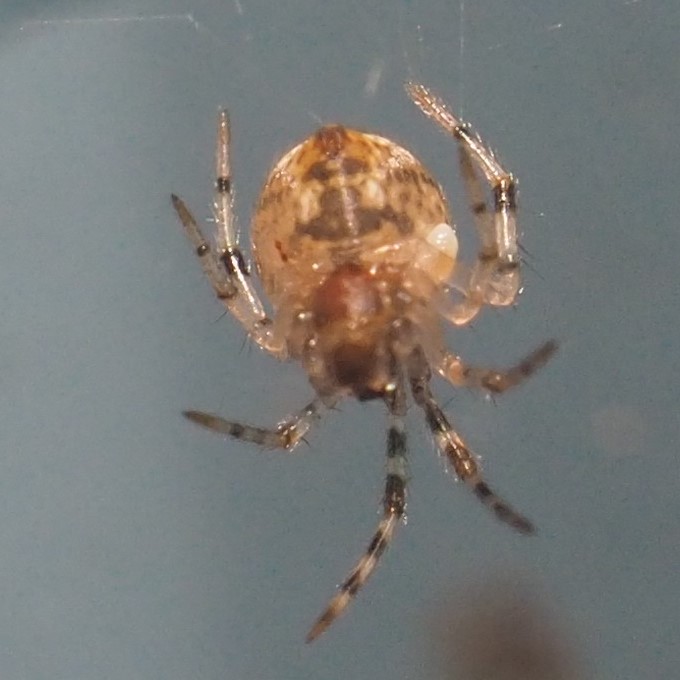
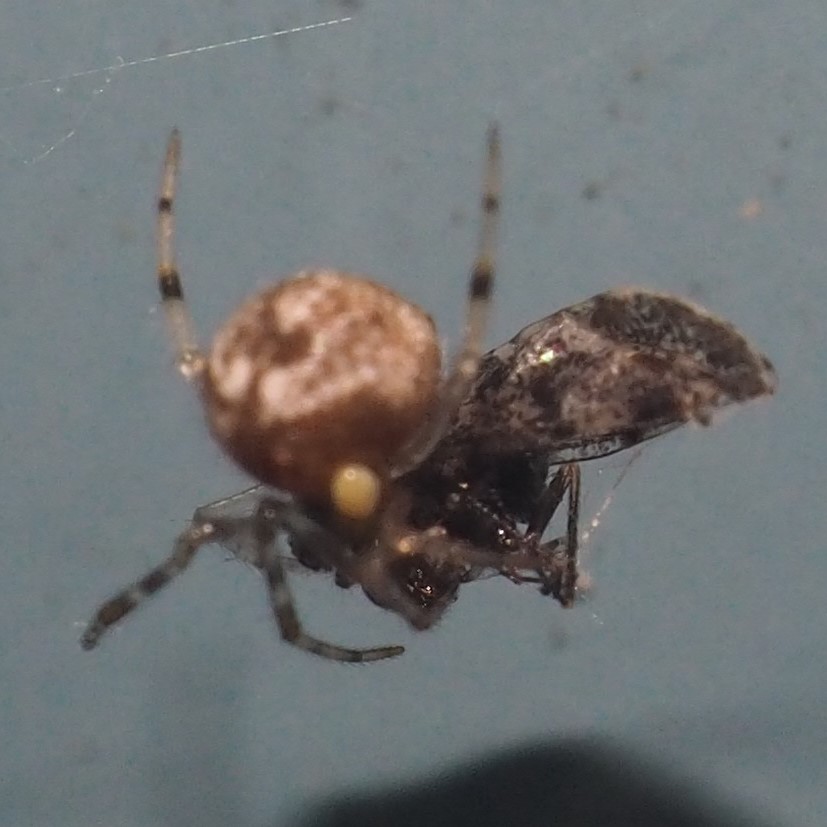
Here is a Cobweb Spider, followed by a tiny Crab Spider. The third Spider is likely another Cobweb Spider.
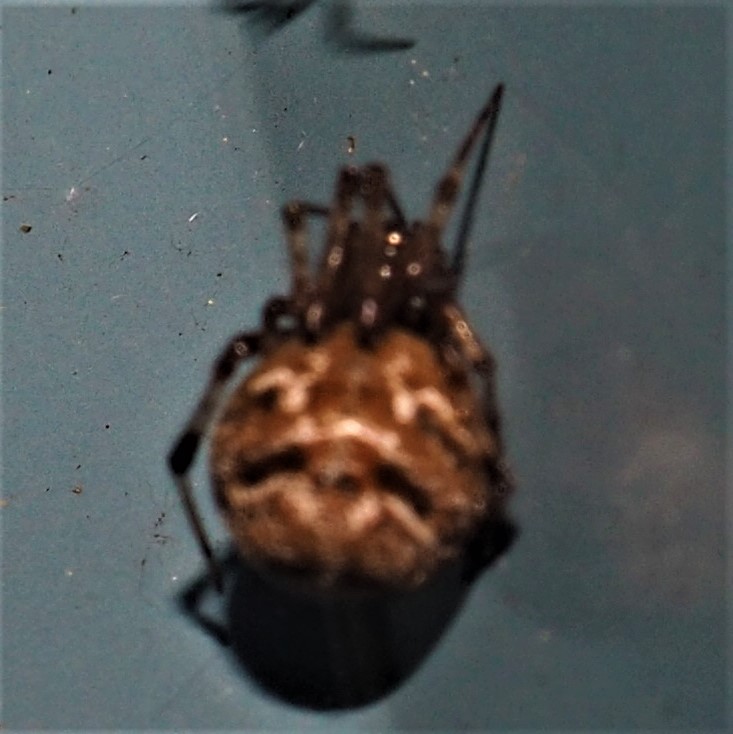
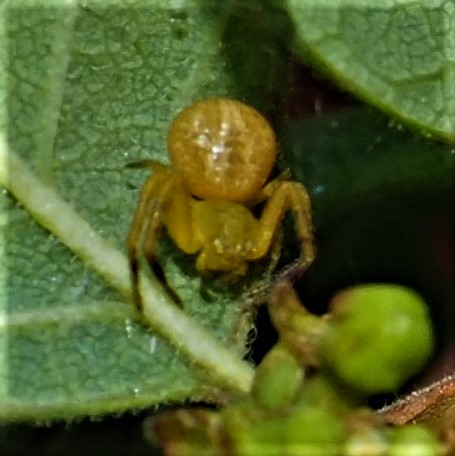
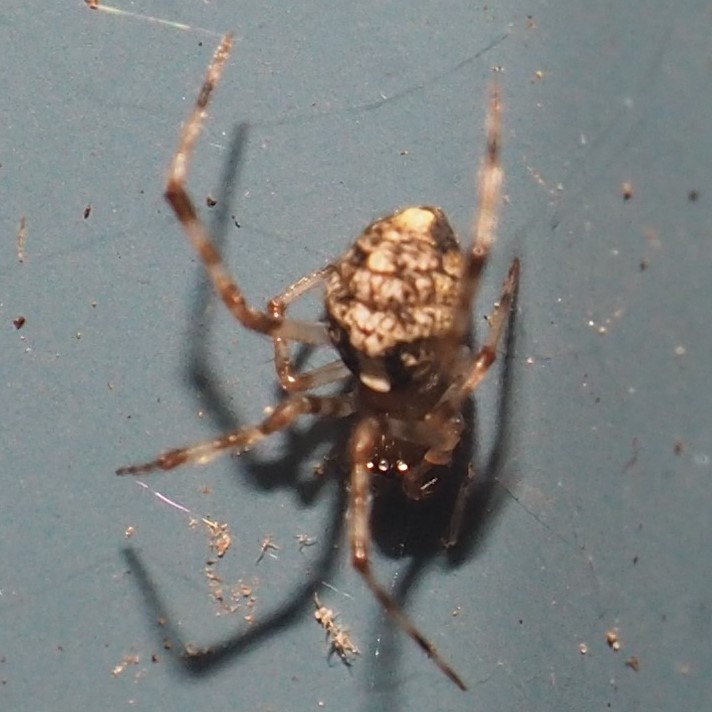
My favorite Spider! It's Mimetus puritanus, the Common Pirate Spider. I think I love it because of its face! As @tigerbb says, the face is on its back! Do you wonder what this next one is? Do you see the decoration that the Common Pirate wears on its head? So even though the spider's "face" is hidden, we know who it is! By the way, I always think of the decoration as its necktie.
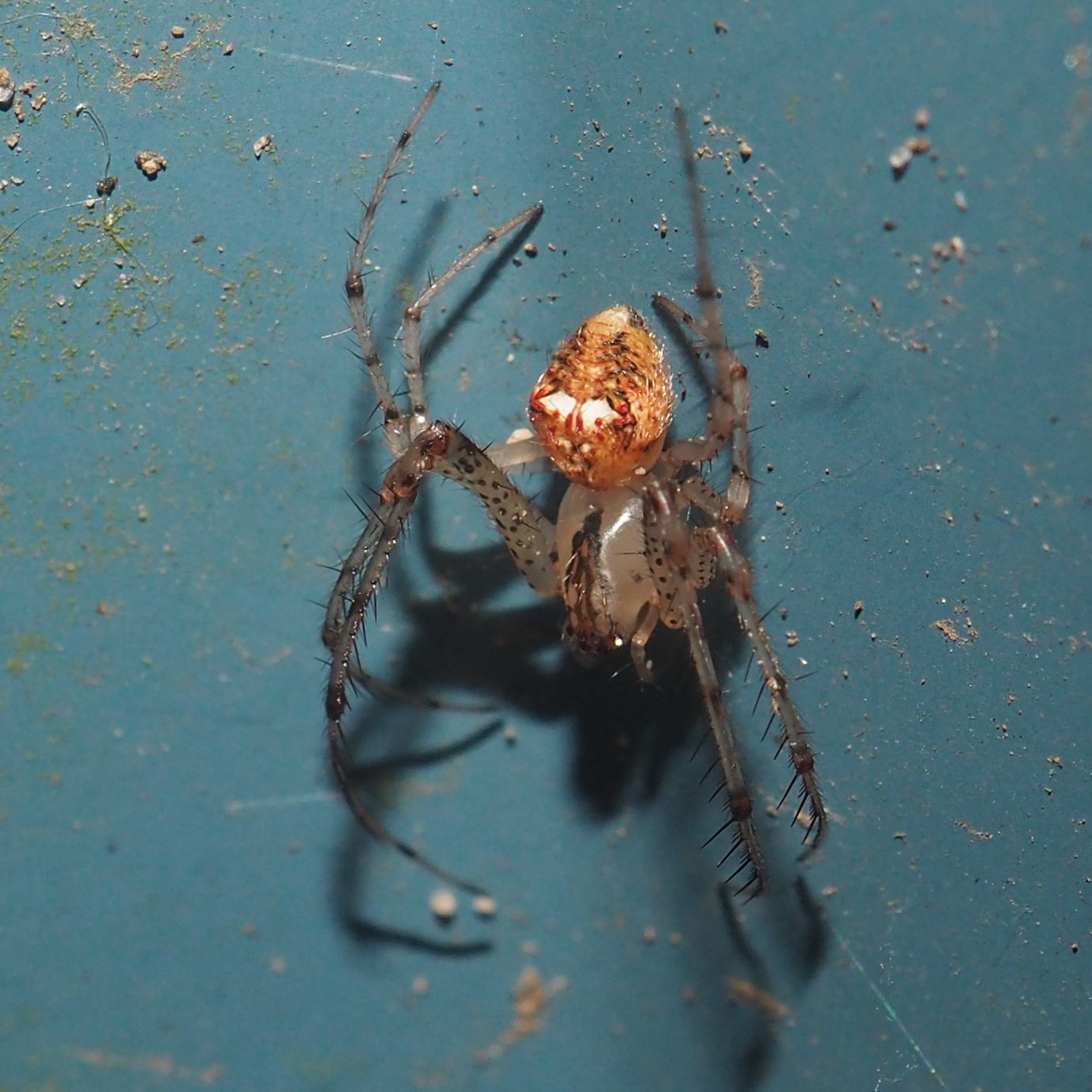
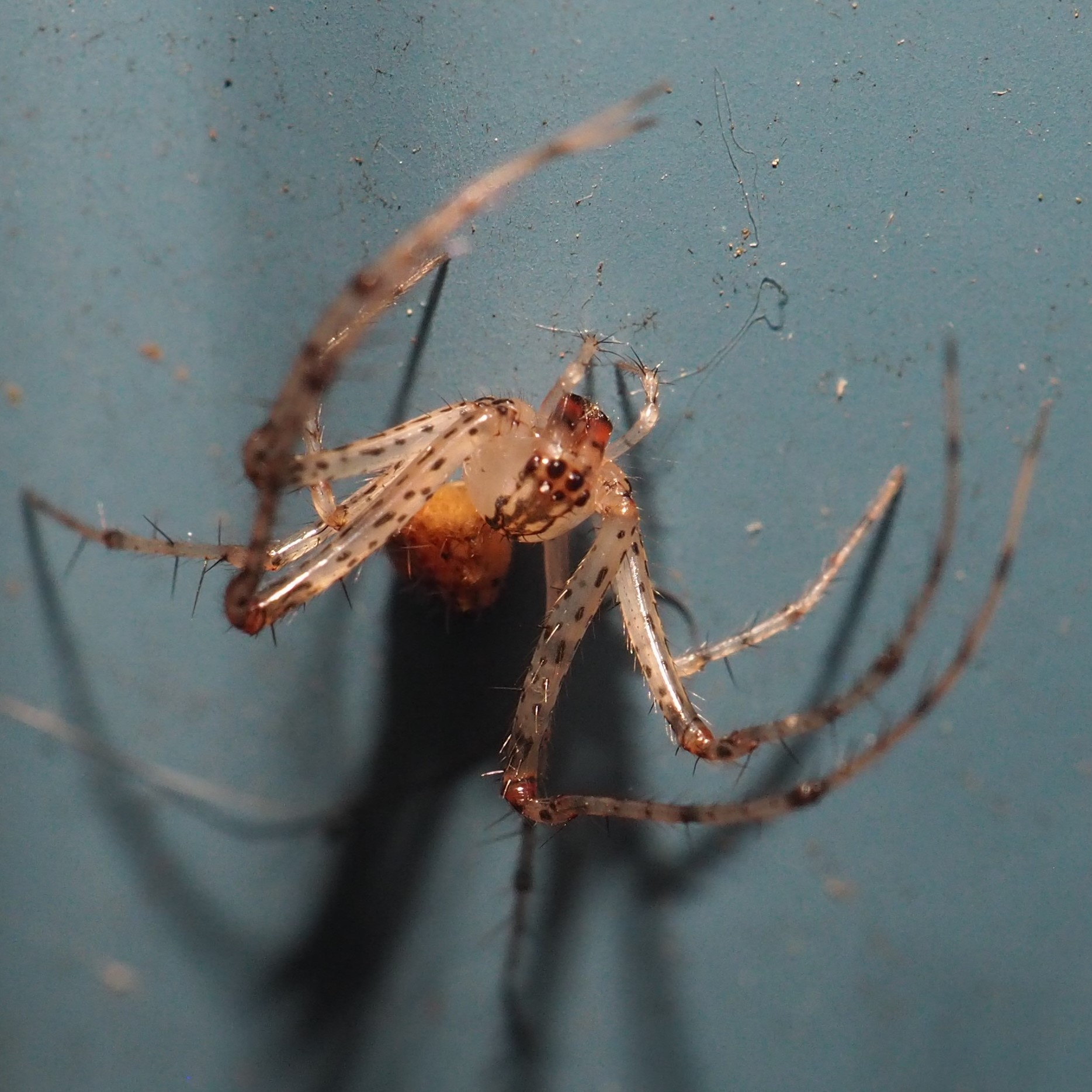
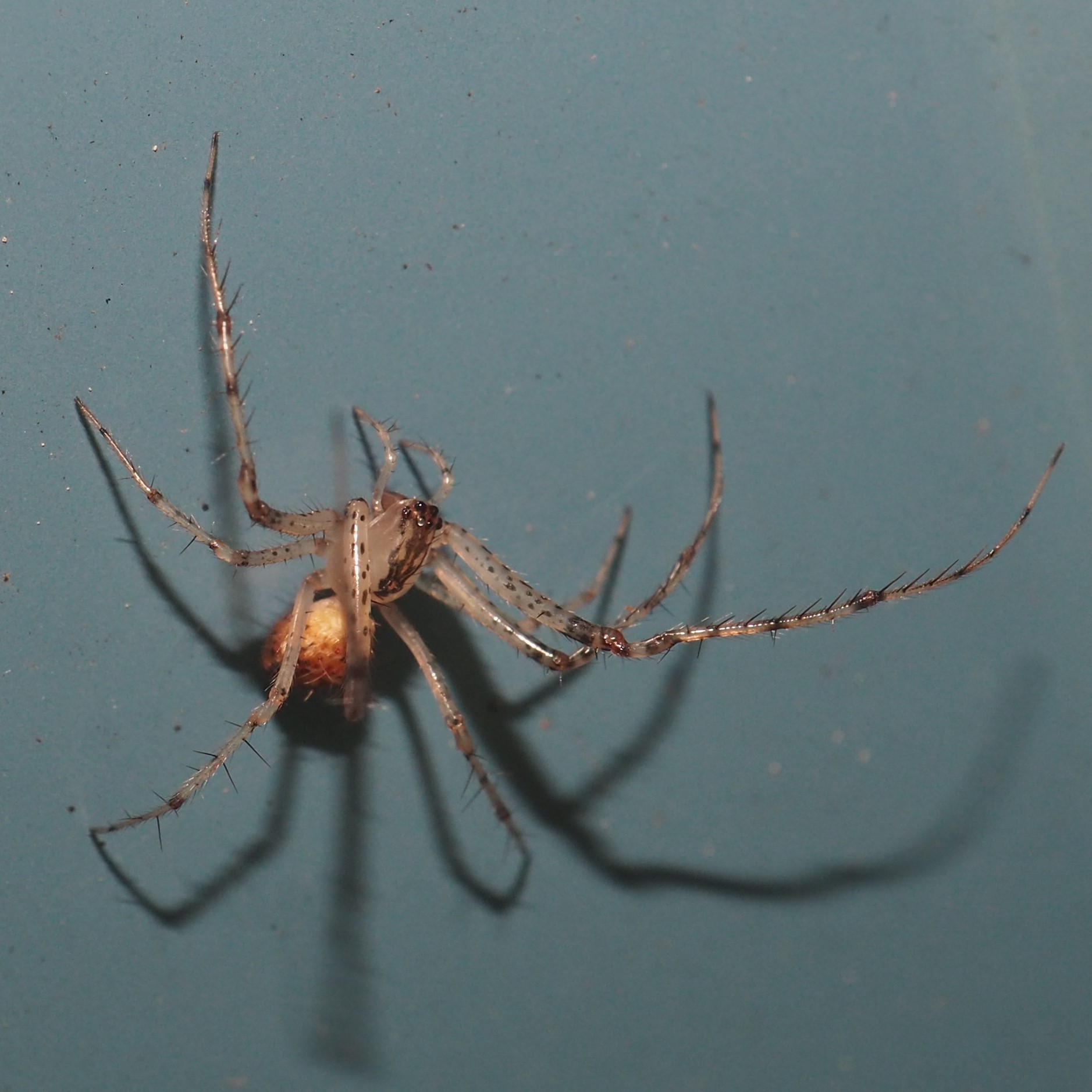
A mystery Spider and a spare. The second one seems to be a Common House Spider who has caught an interesting Fly. The third is another Mystery but is probably a Cobwebber.
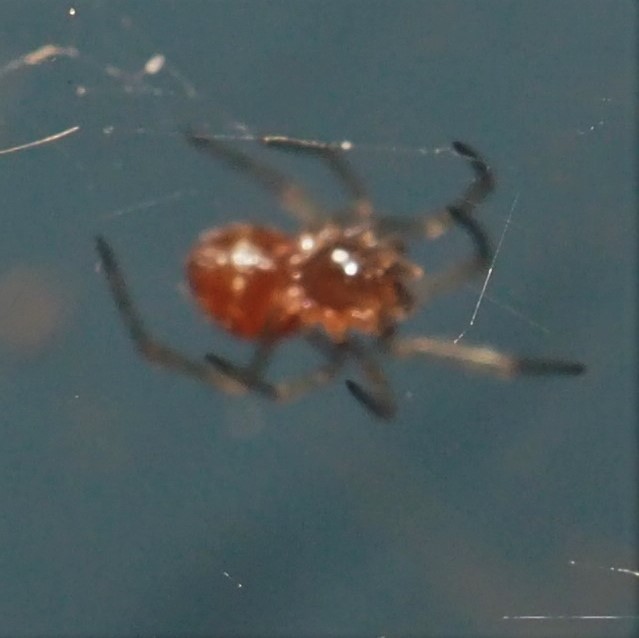
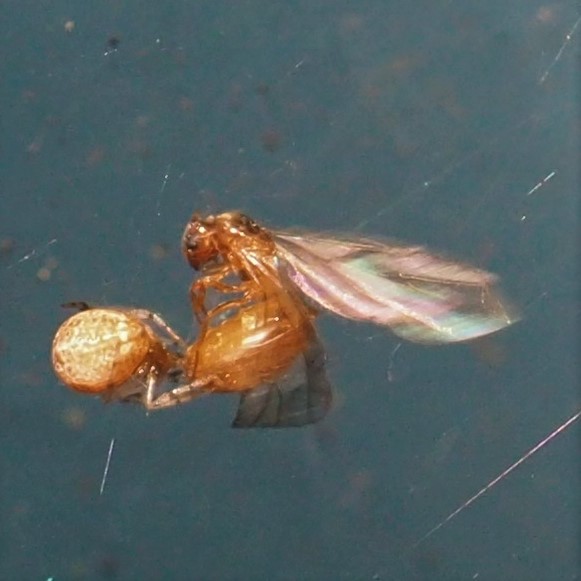

We now see a few Wasps. First is in the genus Arachnophaga (Spider-eater). The second, with the loooong ovipositor is a Braconid Wasp. Third is a Chalcidoid Wasp in genus Microterys.
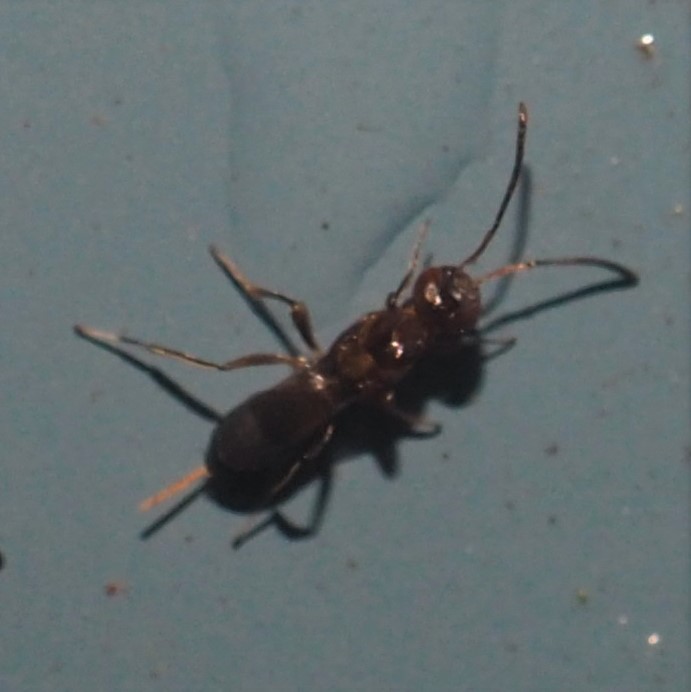
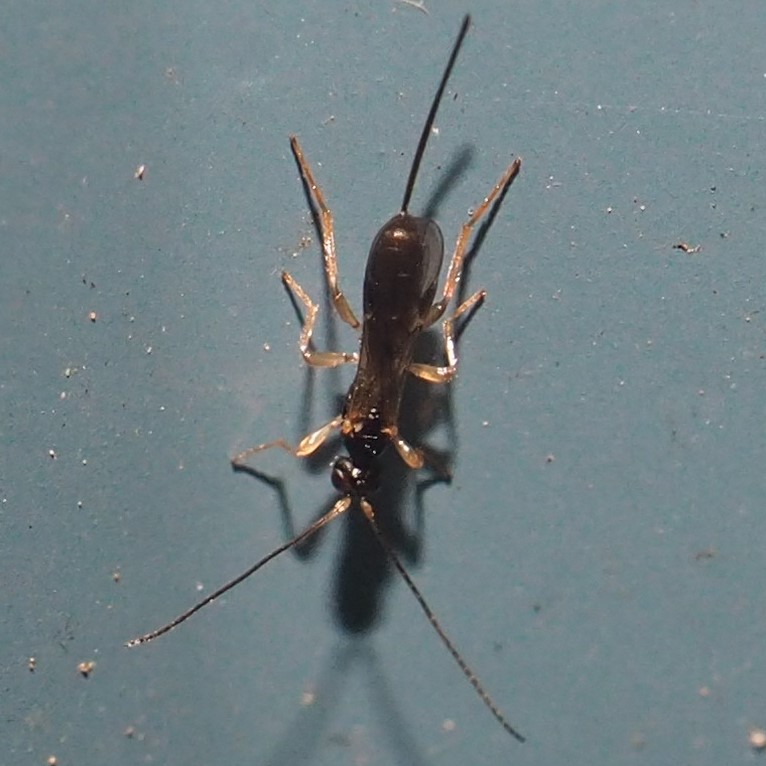
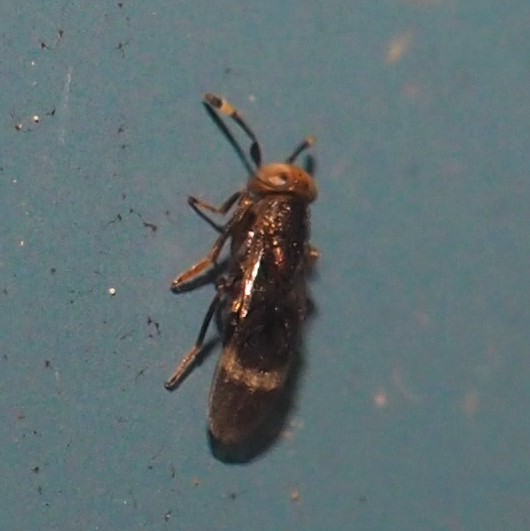
First is in the genus Torymus. Second was on the ground outside the woodshop. The third looks like a smaller Chalcidoid Wasp, but might be the same as the first.
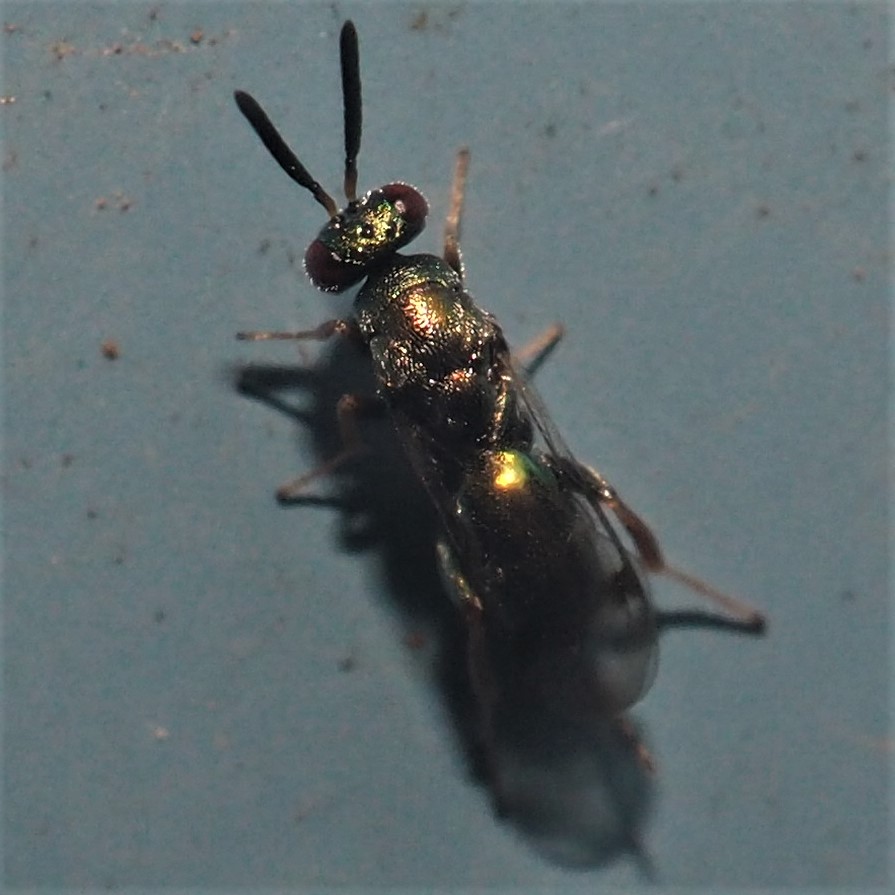
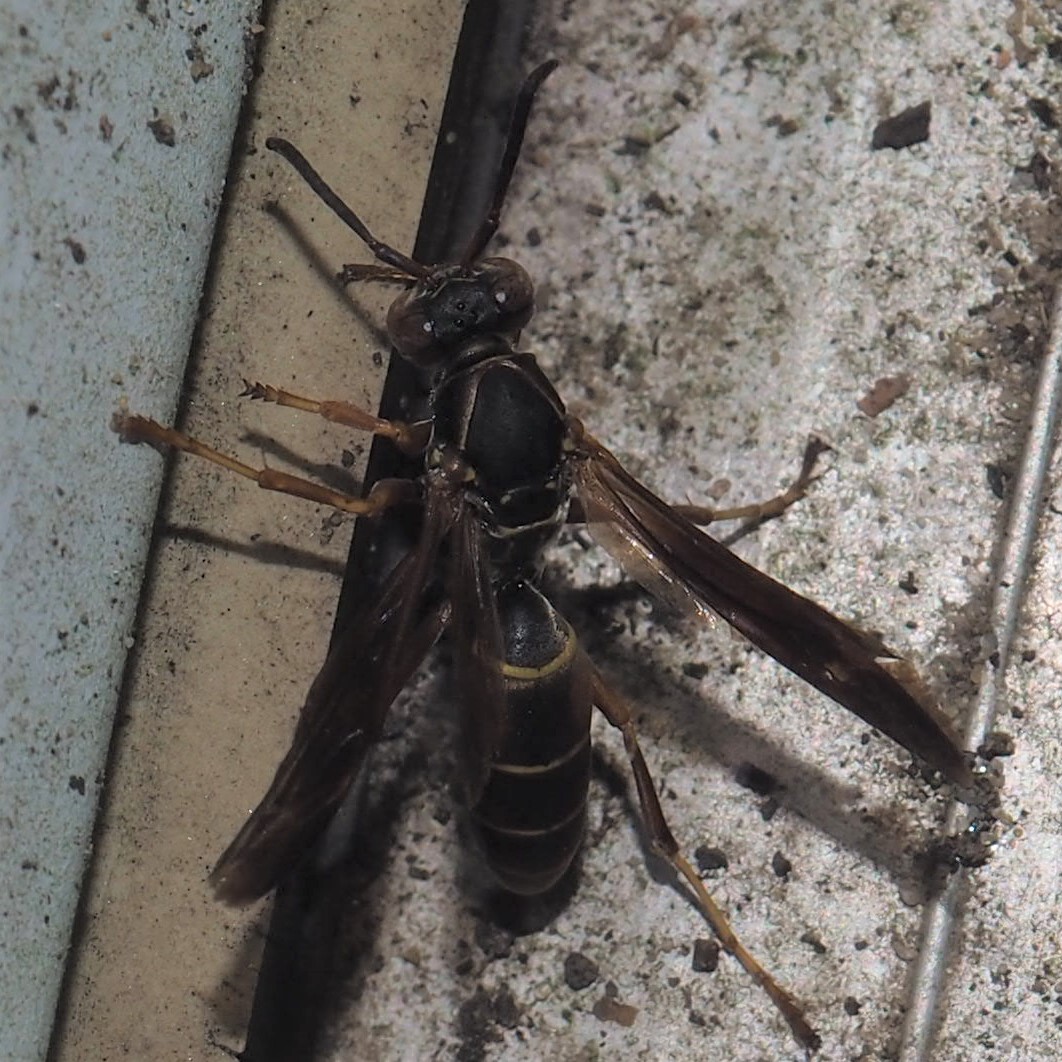
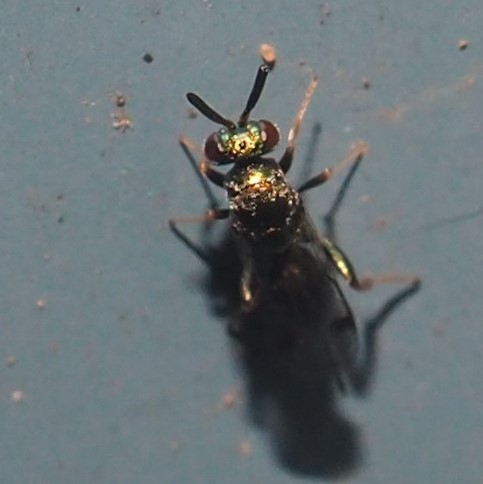
This large Wasp has very substantial legs. I haven't got an ID yet. Nor for #2. Number 3 was identified by Matthias Buck as a German Yellowjacket. It was eagerly eating some bits of cheddar that Chaim had put outside for Spooky.
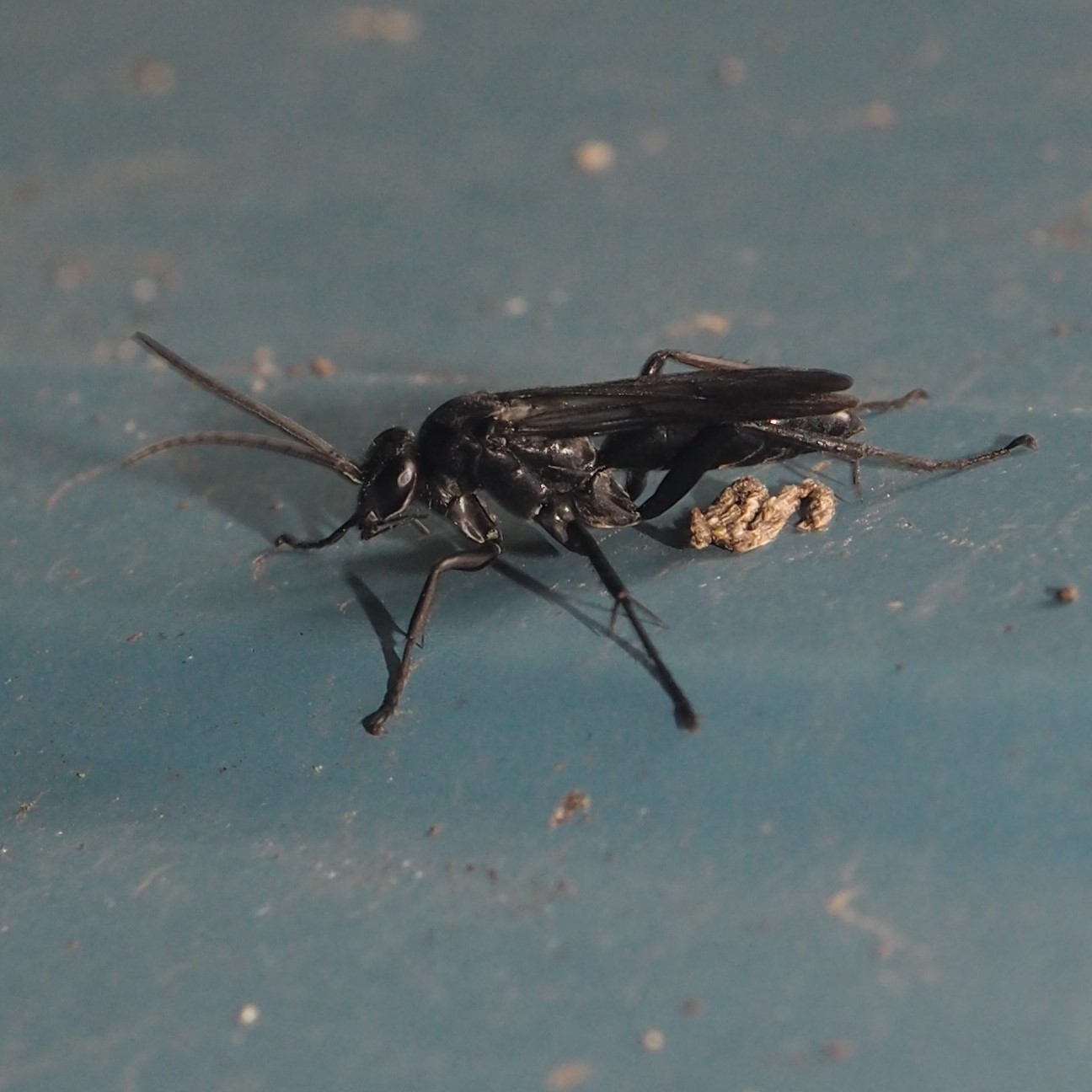
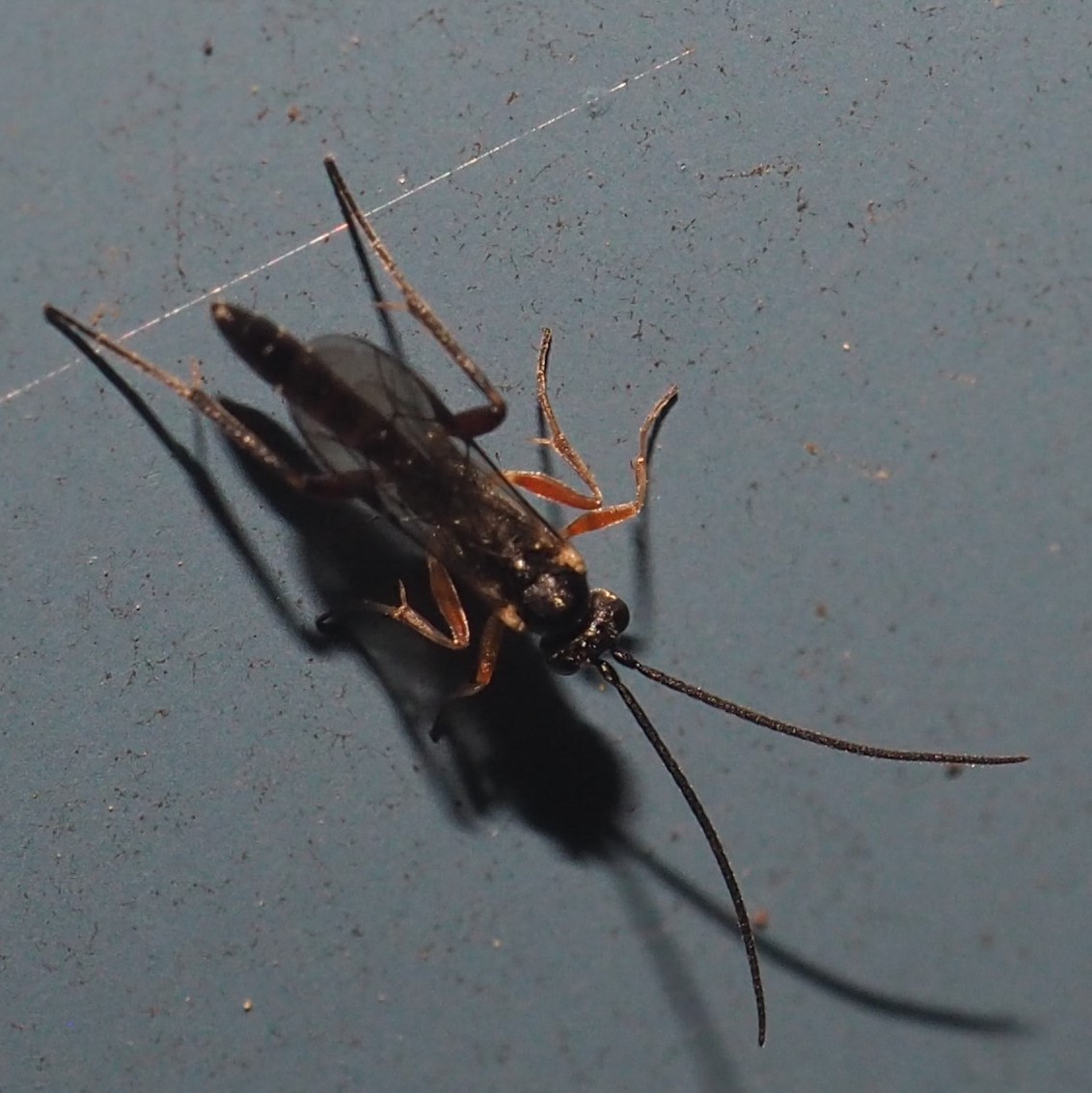
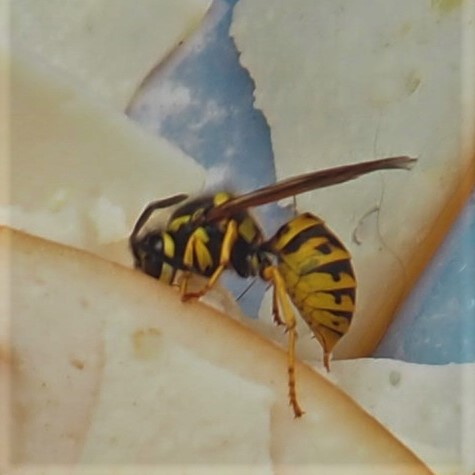
For some reason, I am so drawn to the Pond that I always save it and its denizens for the last. The Frogs have diffused into the Pond lately, so I have no idea HOW many there actually are. Add to that the fact that they have been growing faster and faster, and some of them spend an unknown bit of time out of the pond into the weeds to amplify their diets. If I'm fairly close to the frog I'm shooting, I have an easier time deciding which one he is. I say HE because all the bigger Frogs were males at the beginning of the Spring. I can still decide between the first Tiny Frogs that moved in about a month or more ago and the even tinier Teensy ones. But there is a lot of guessing going on. I believe this first one is Frog Two, the largest one at the beginning of the Spring. Now Frog Three seems to have changed, but I can still get a conversation going with him and recognize him by voice and actions.
Number two shows two Teensies, the smallest Frogs so far. Third shows a Tiny.
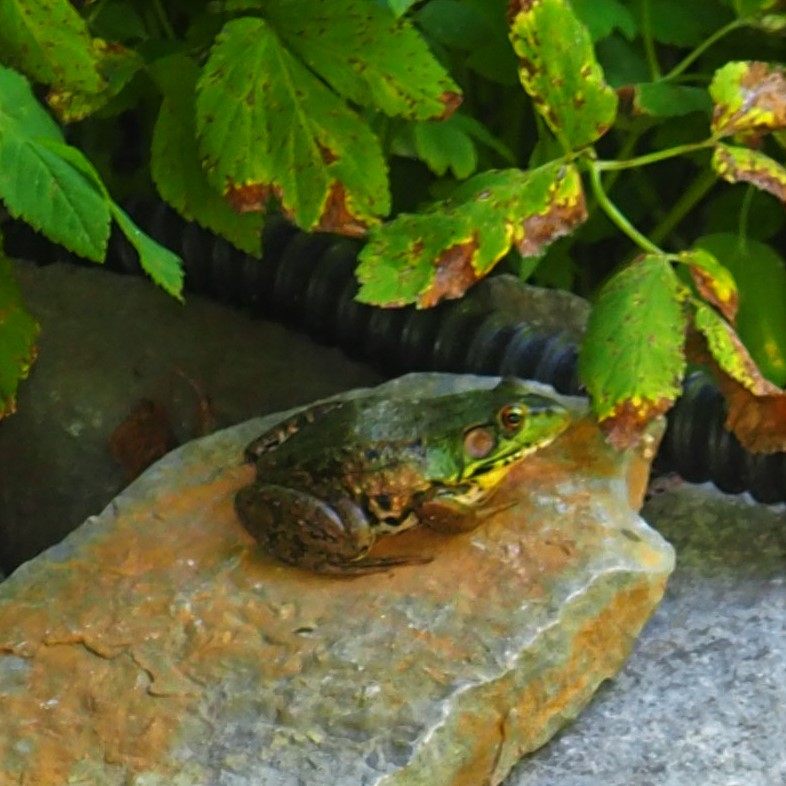
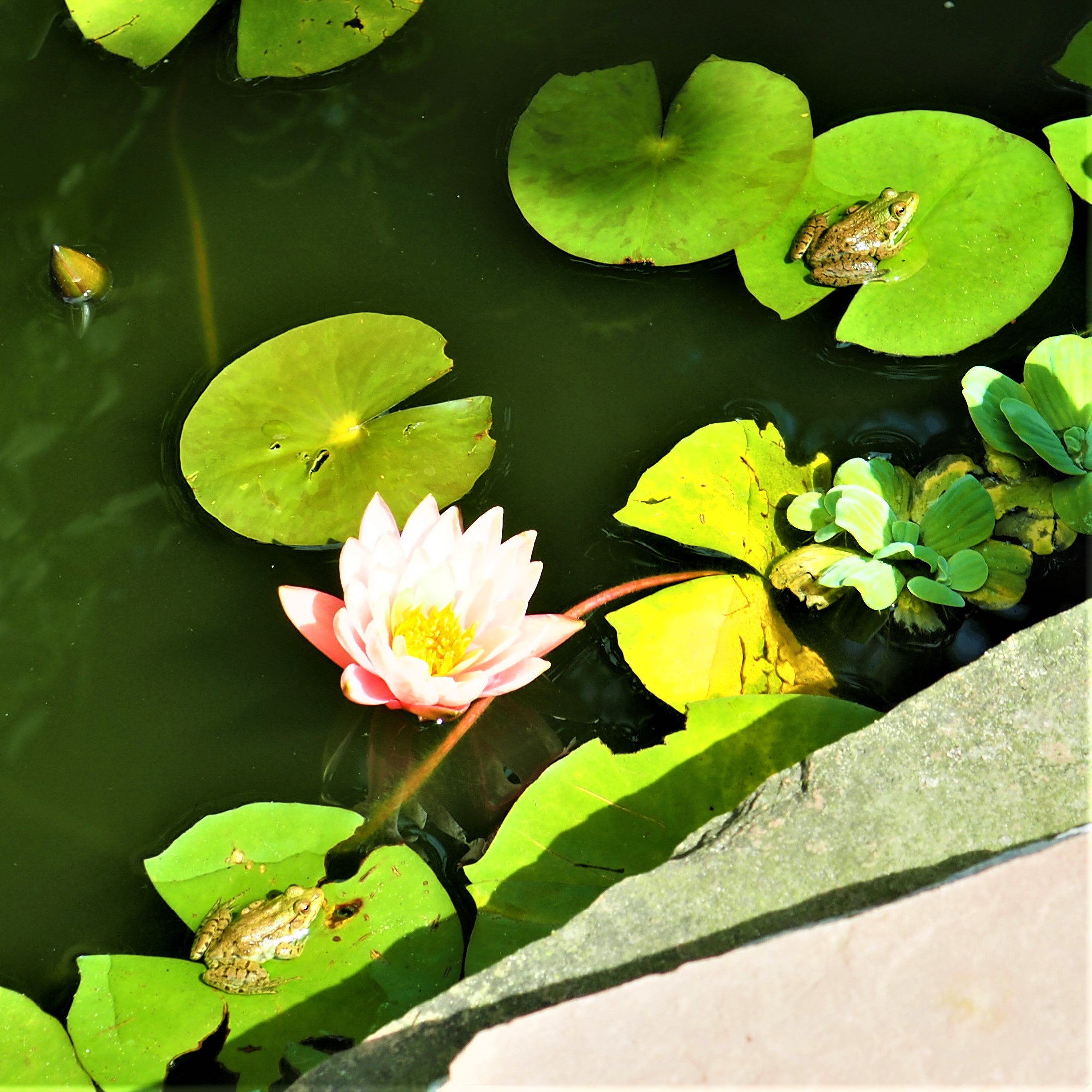
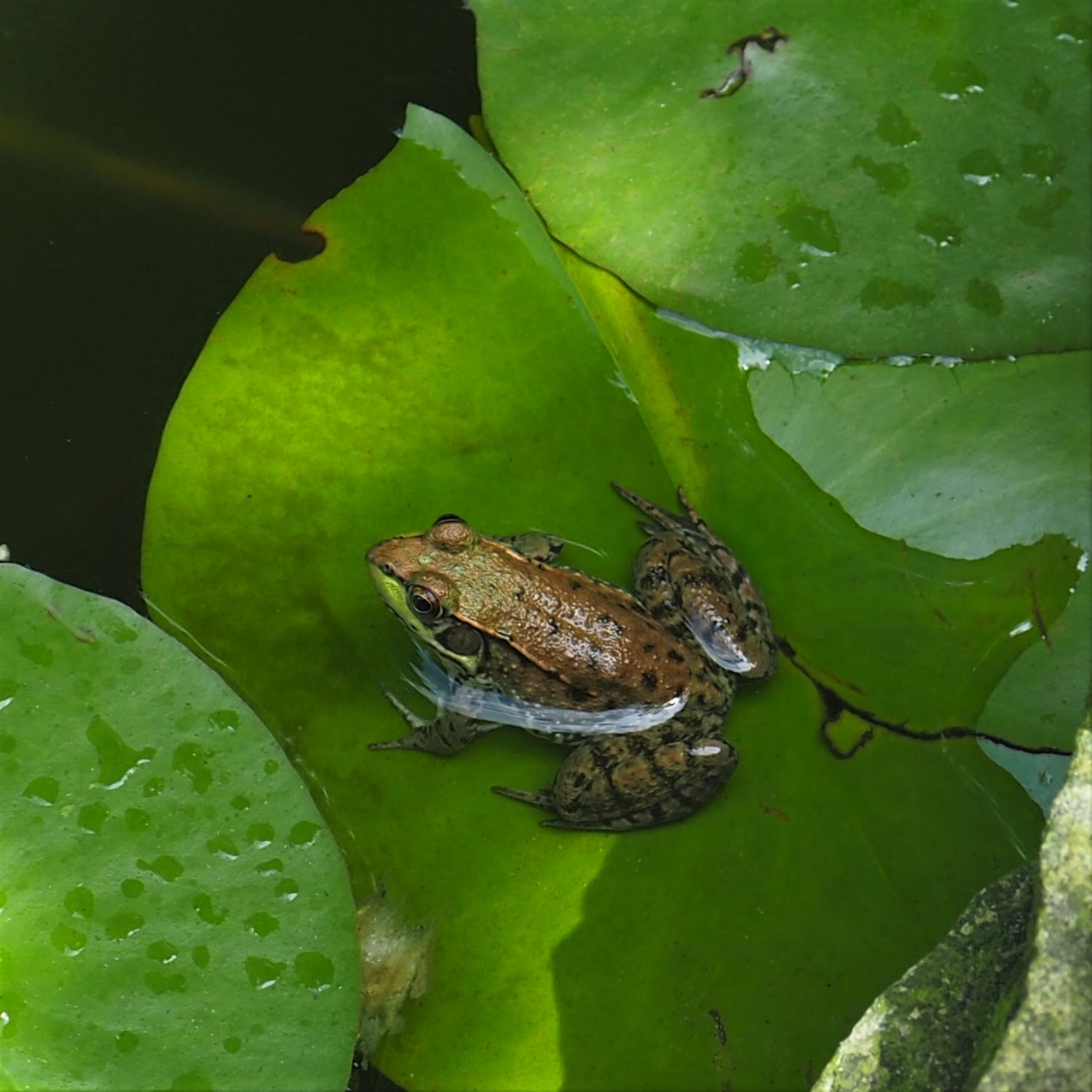
First we see two of what I'm calling Mediums. (One is in the water.) They aren't quite so large as the two largest Frogs, but are bigger and greener than either the Tinies or the Teensies. The one in the water is probably Frog Two.


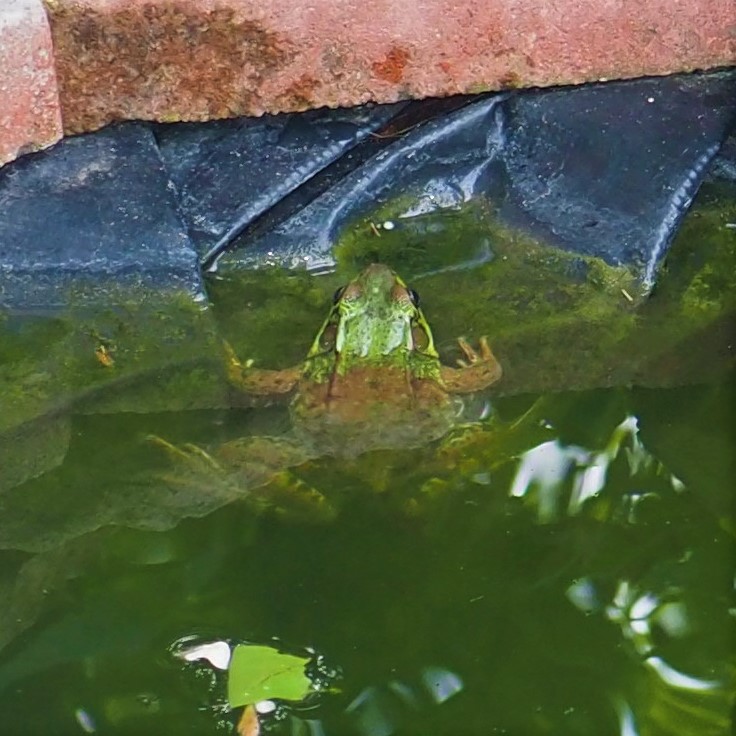
The Fishes are doing well. I just learned that one should only feed them what they can eat in 5 minutes. I think I know what that means now, but the water is still less than clear.


What a week. I hope everyone had something interesting to do. I'm enjoying the present respite from the awful humidity. Thanks for being interested in Nature. She needs you too!
Love, Martha
Back to August 8, 2022
Forward to August 21, 2022
Back to main menu
copyright Martha O'Kennon 2022















































































































